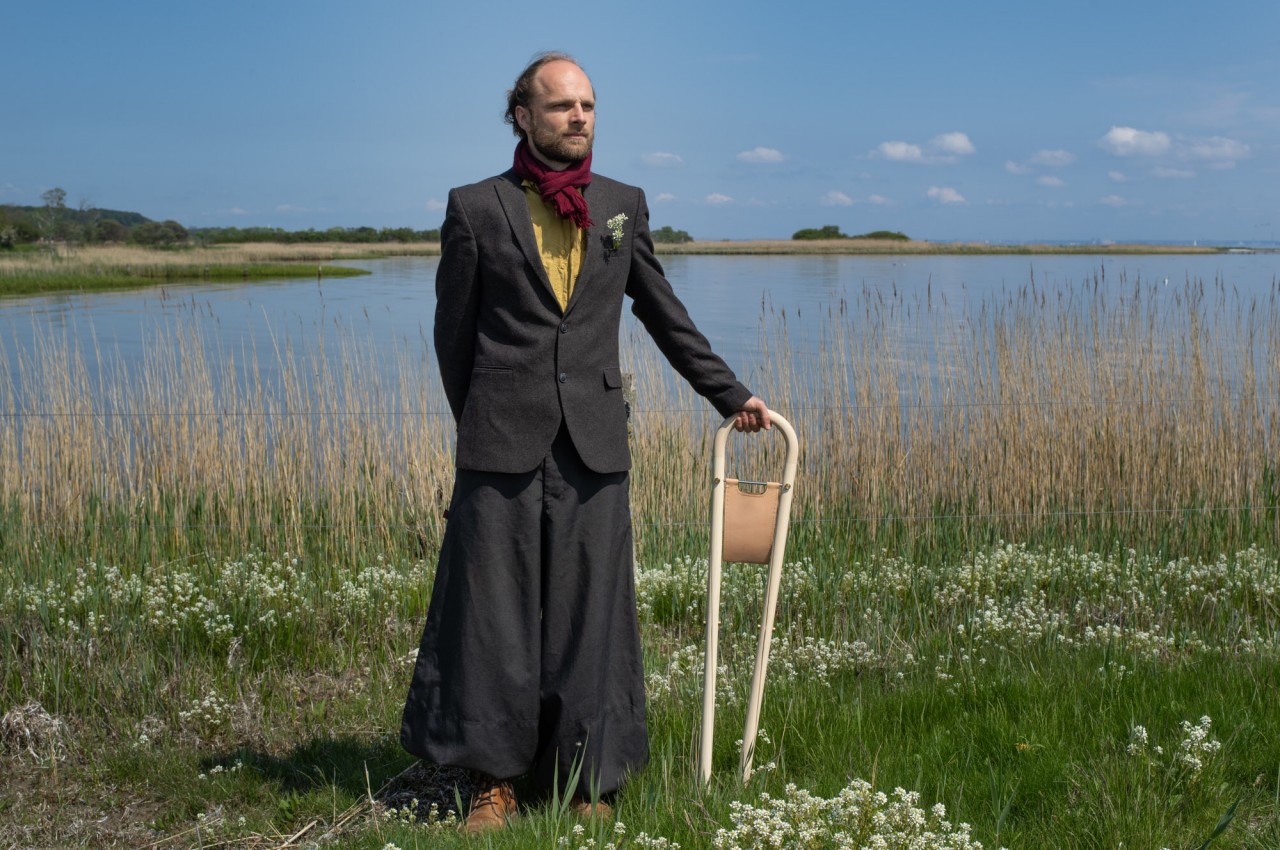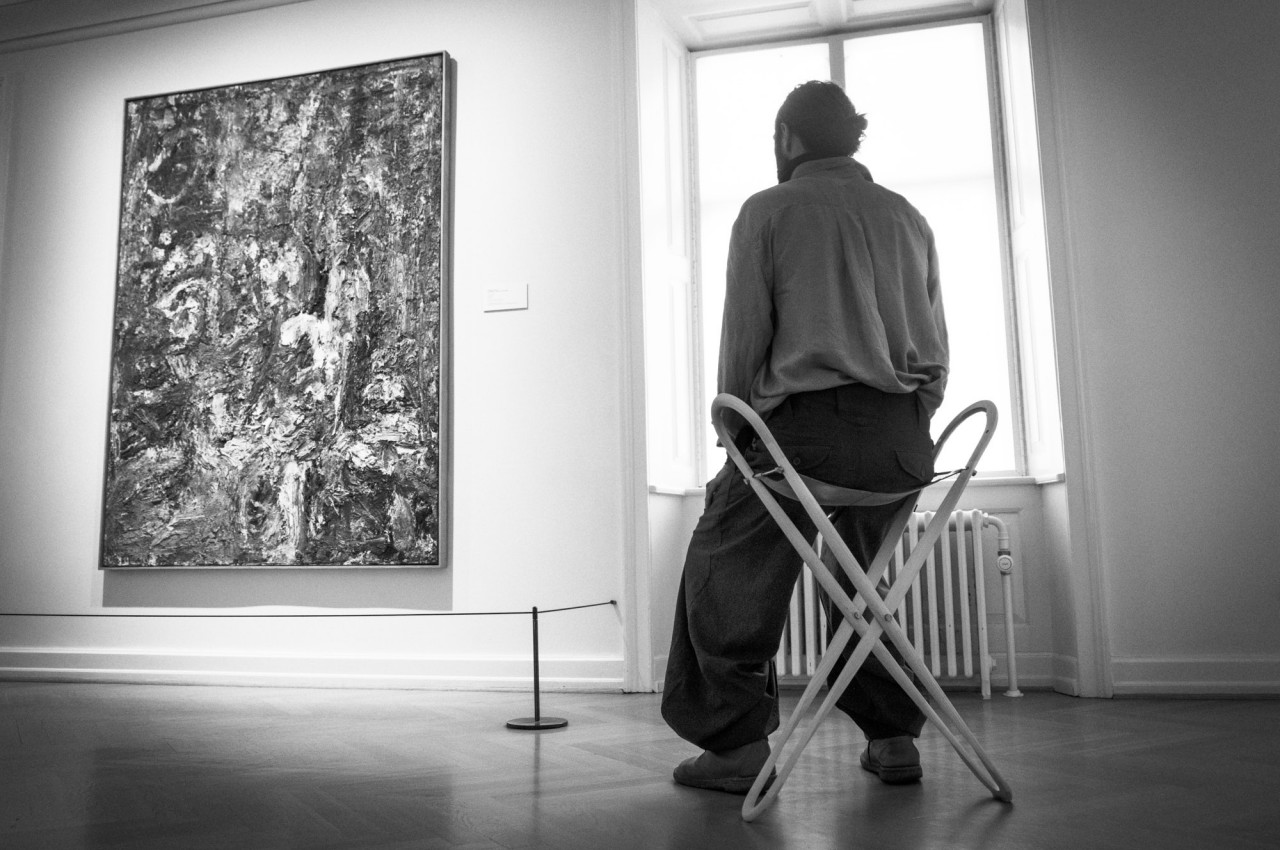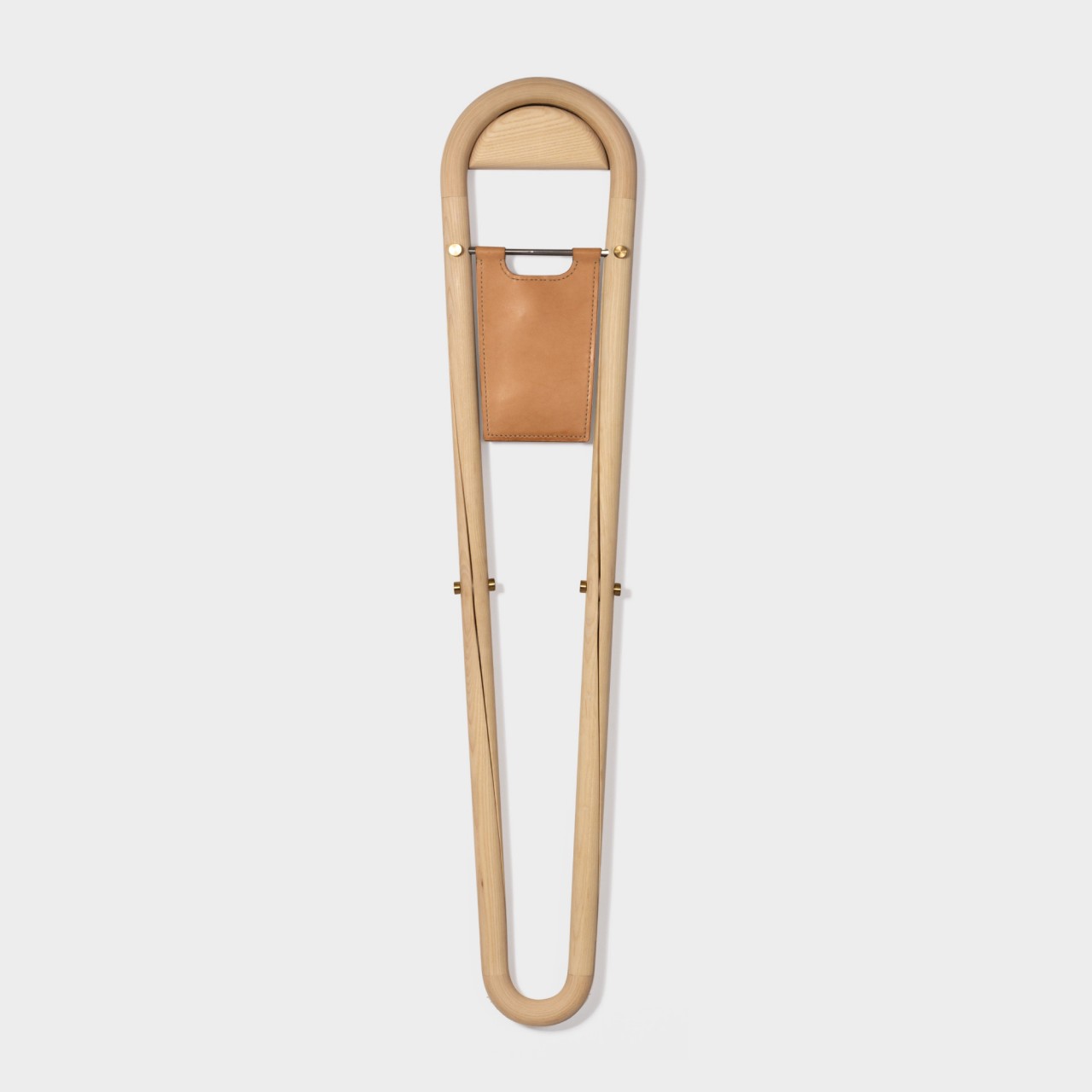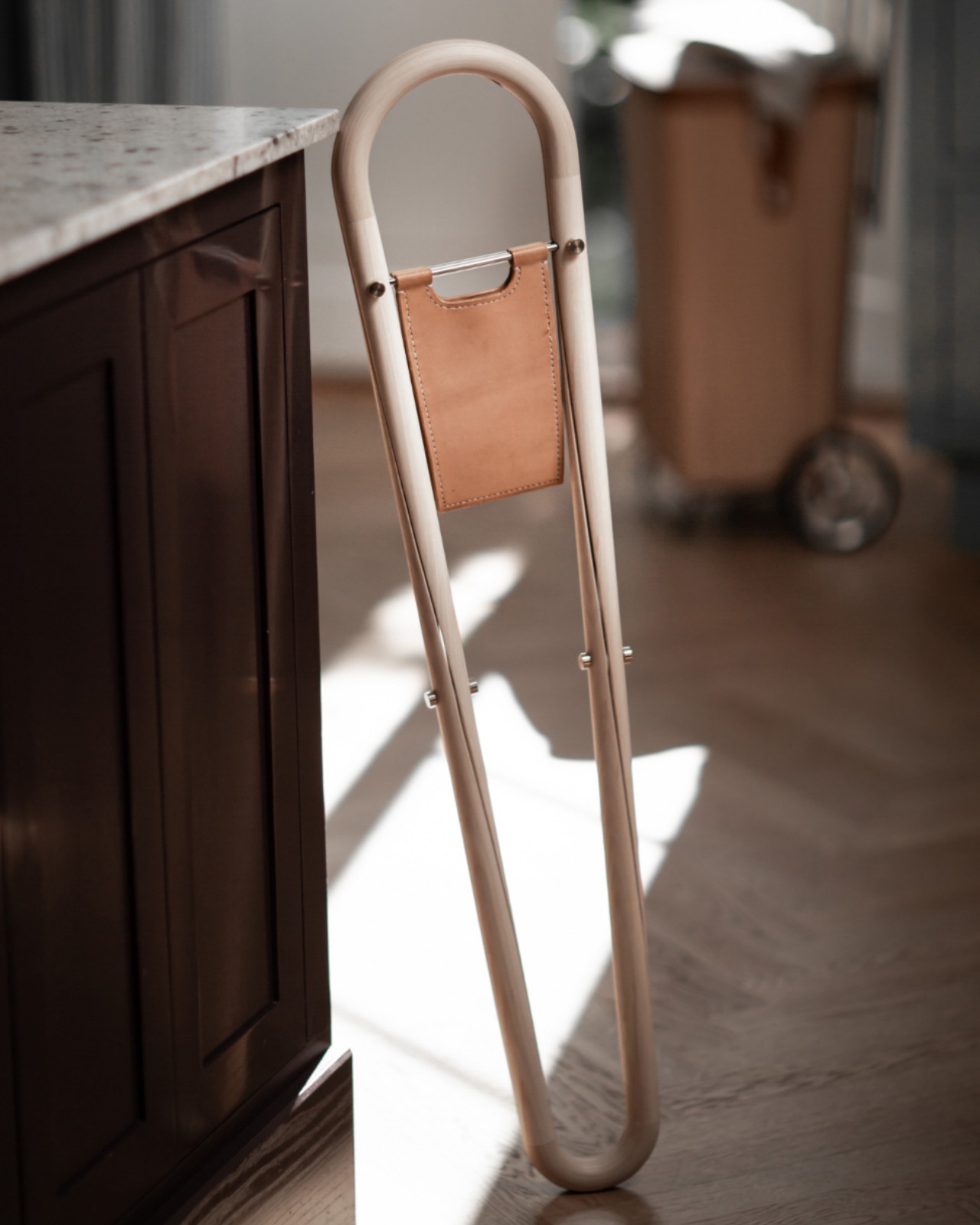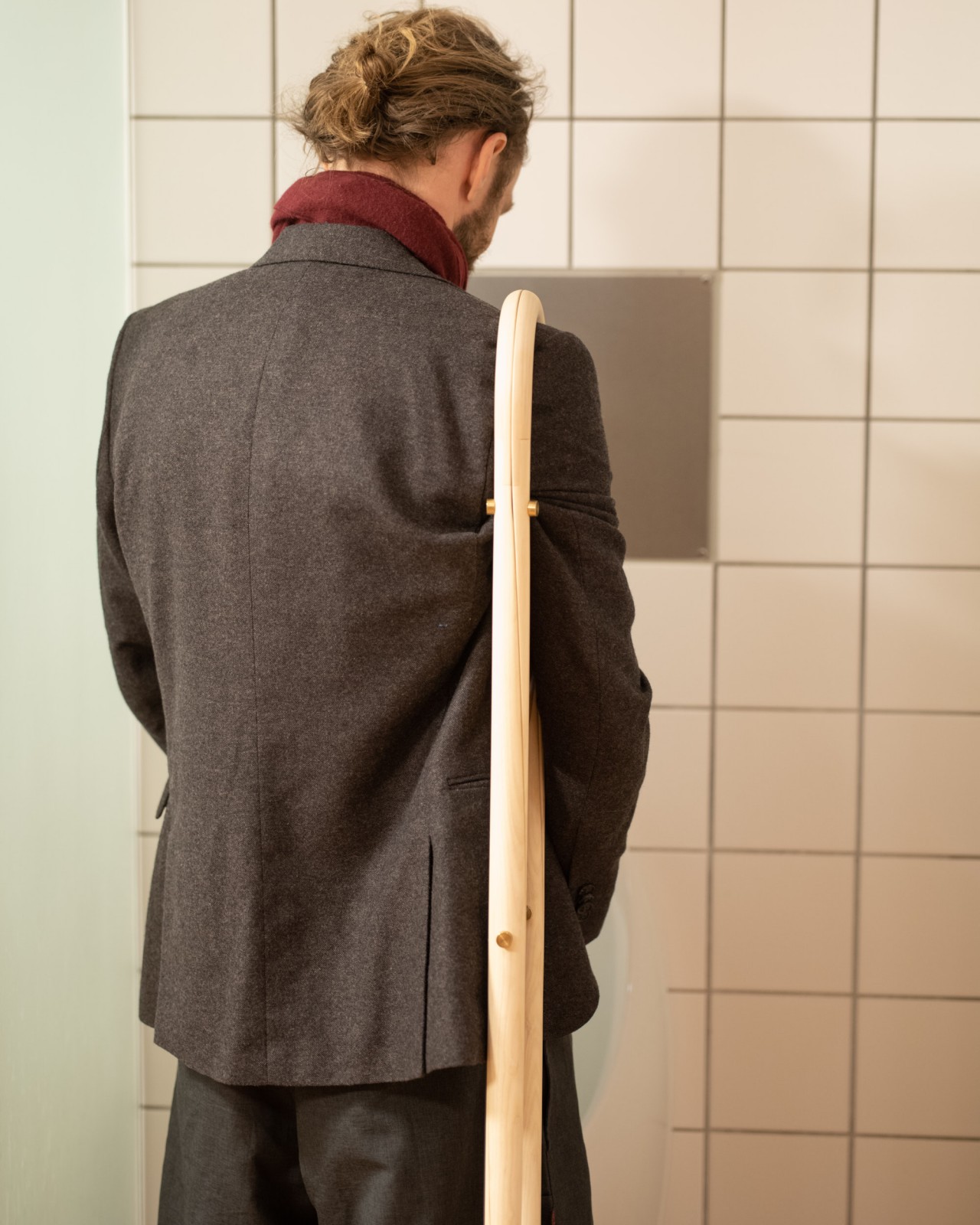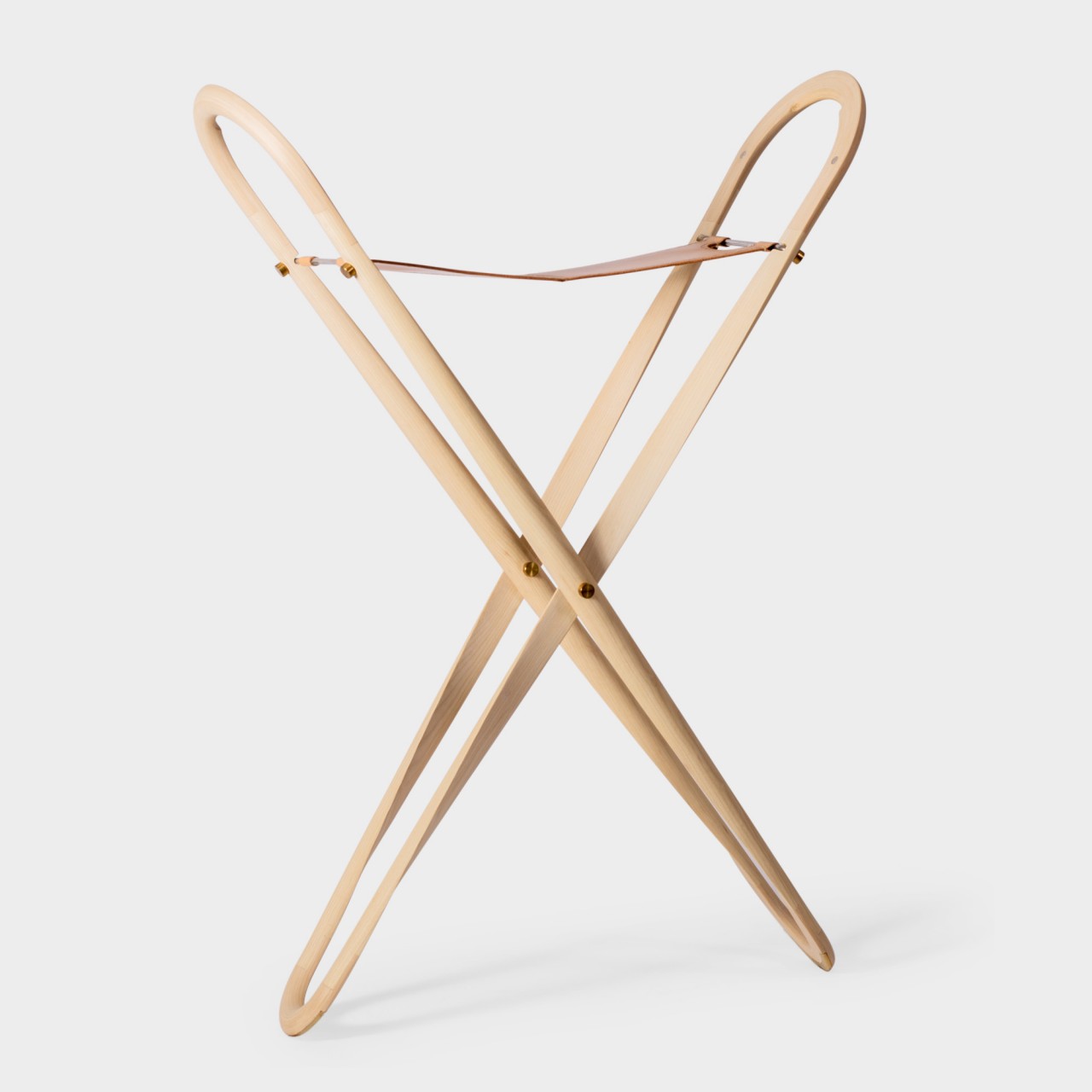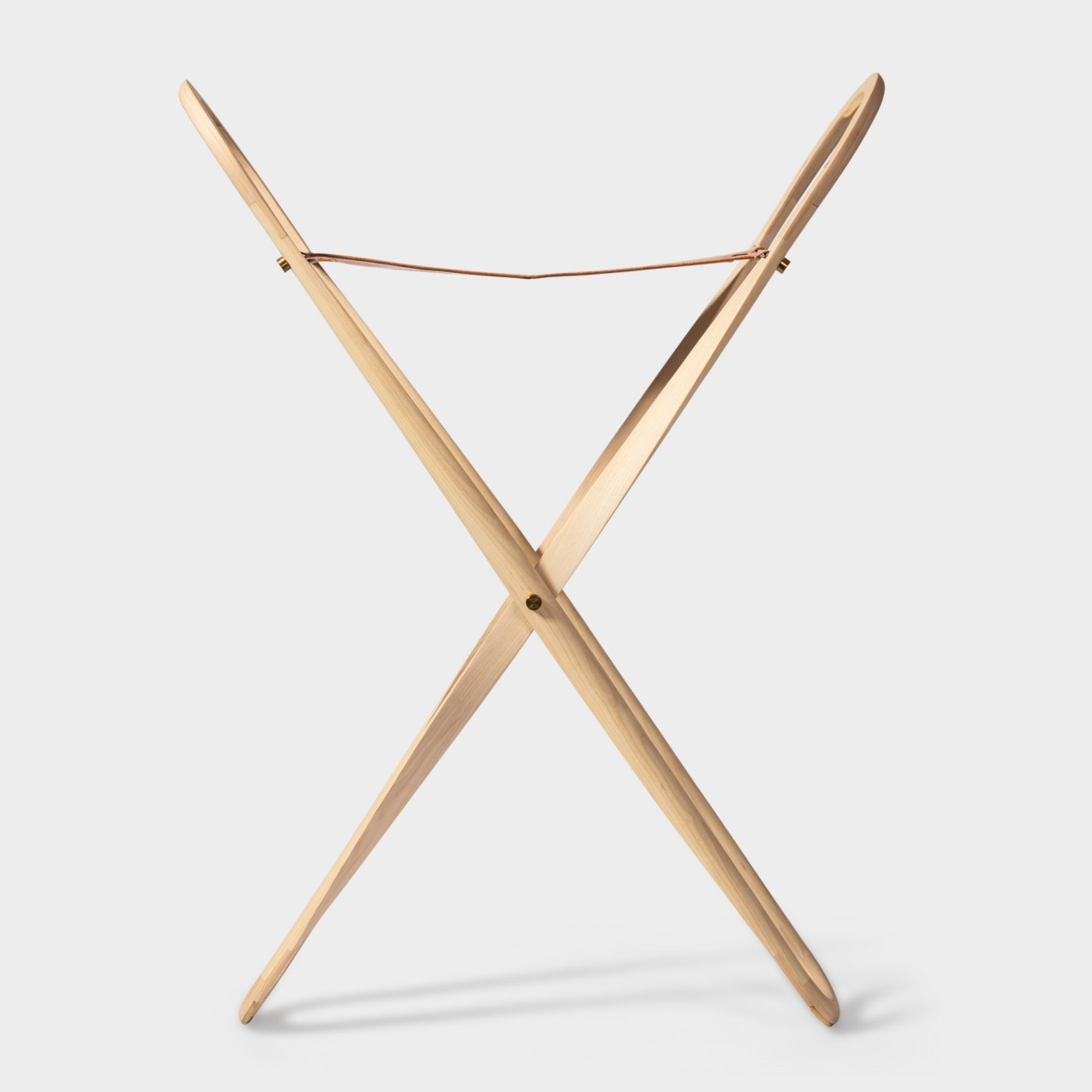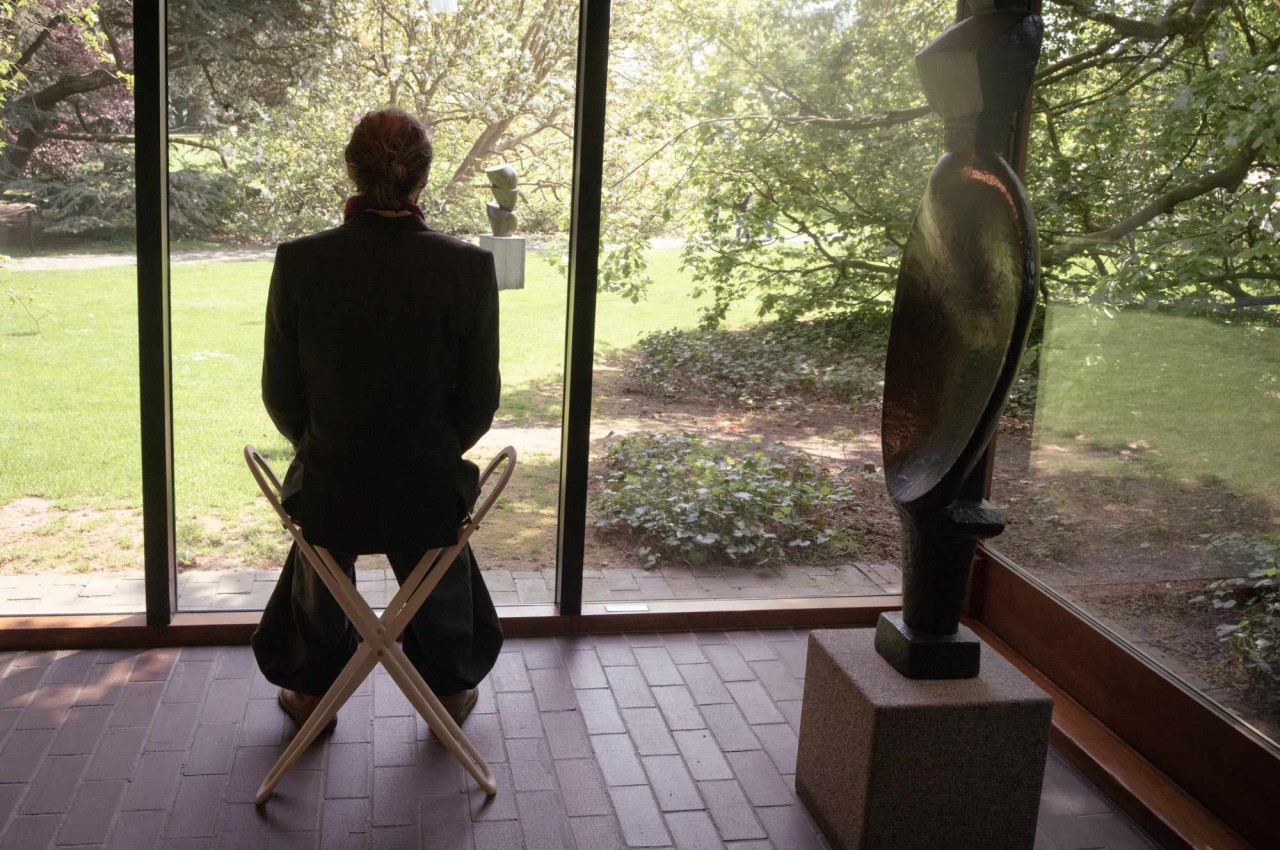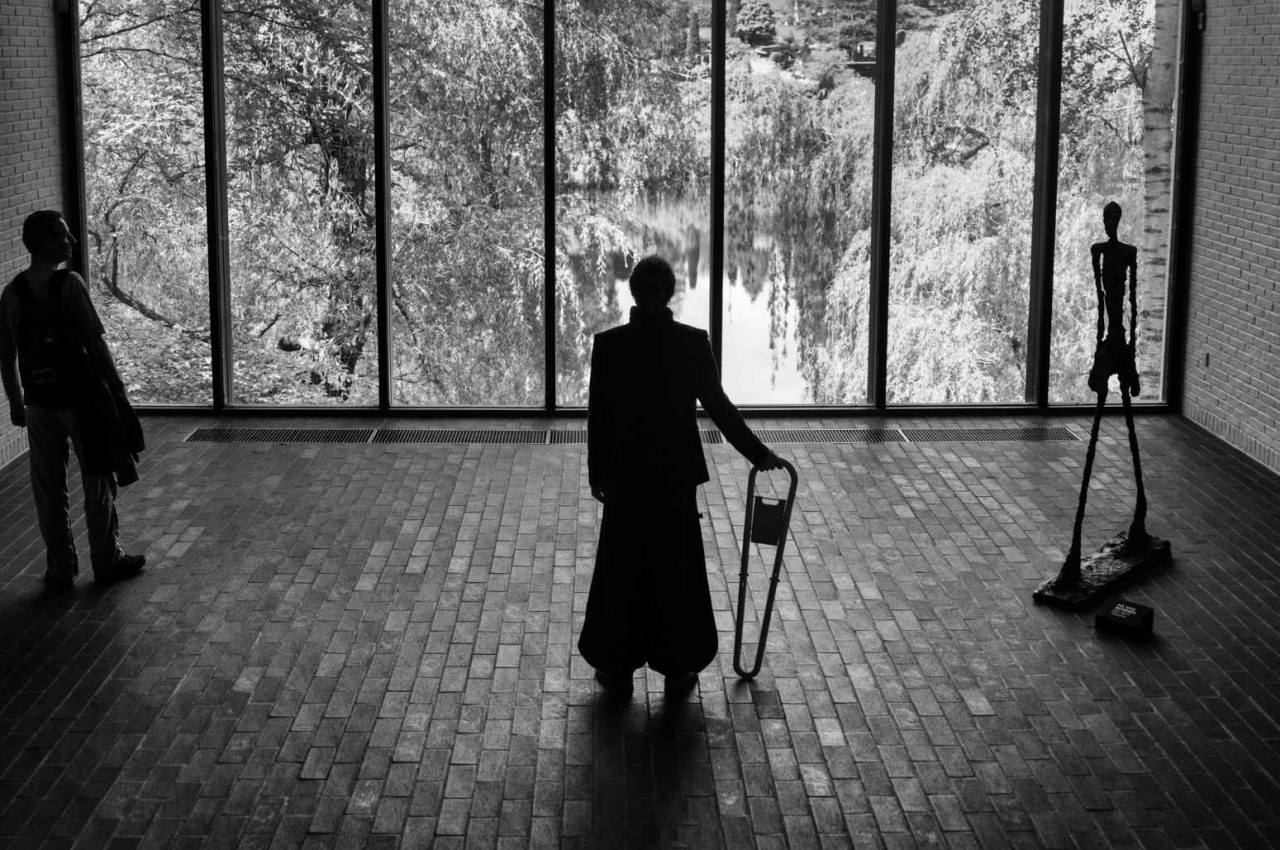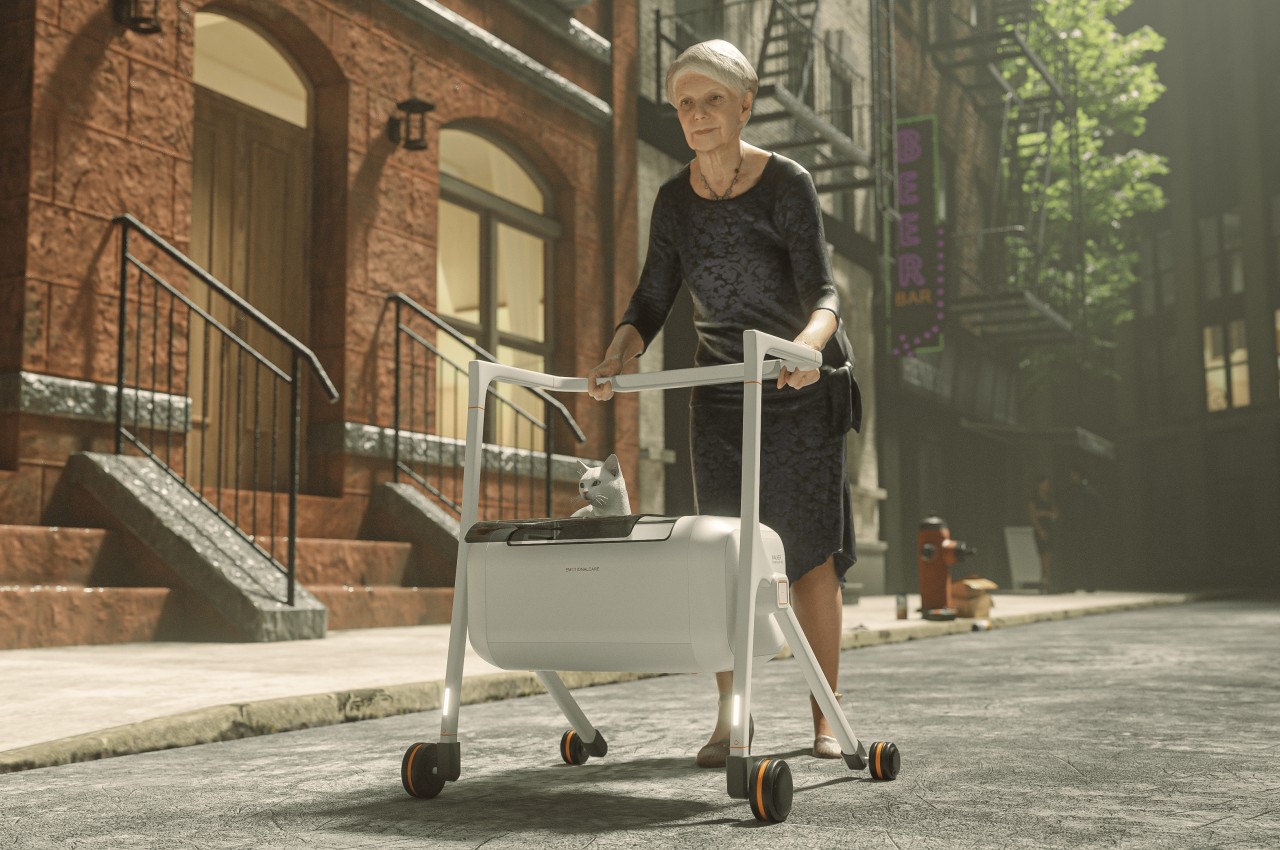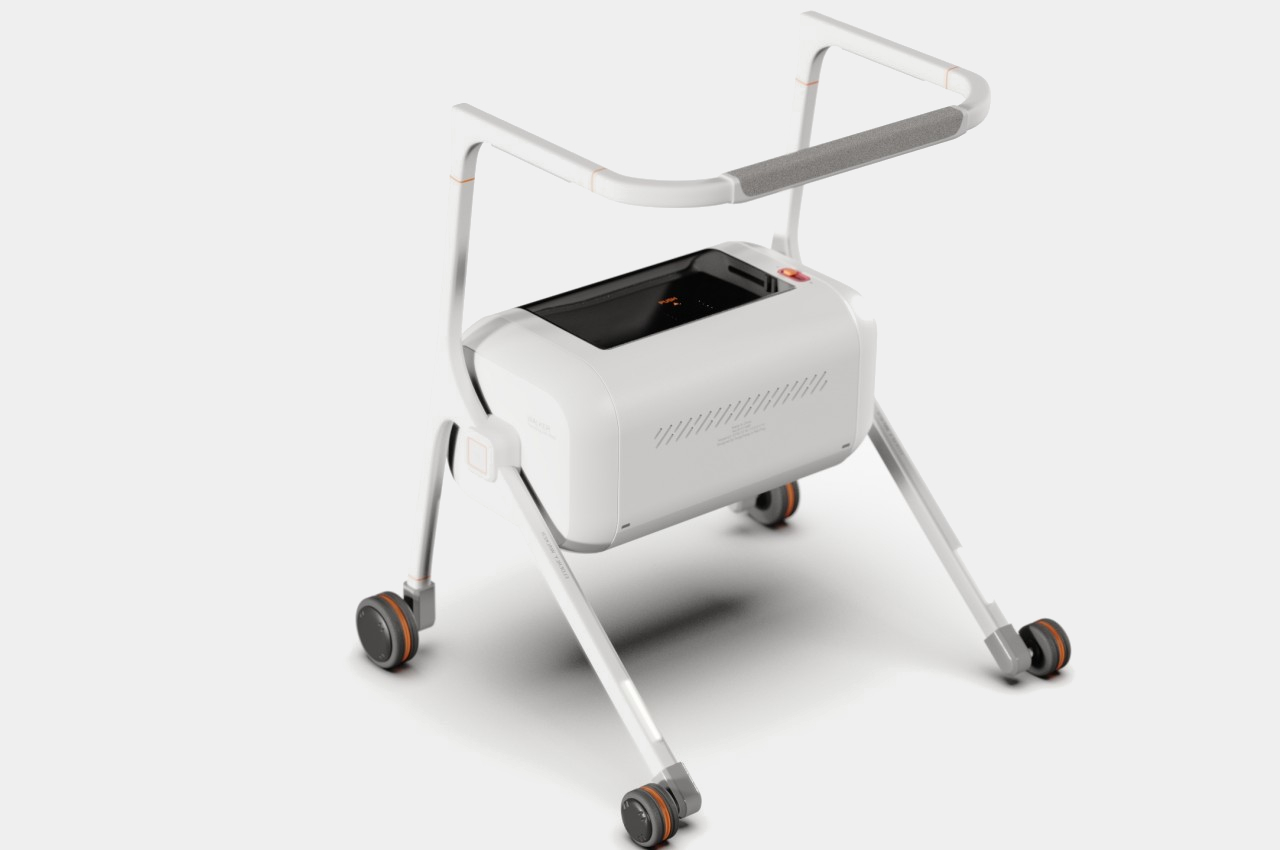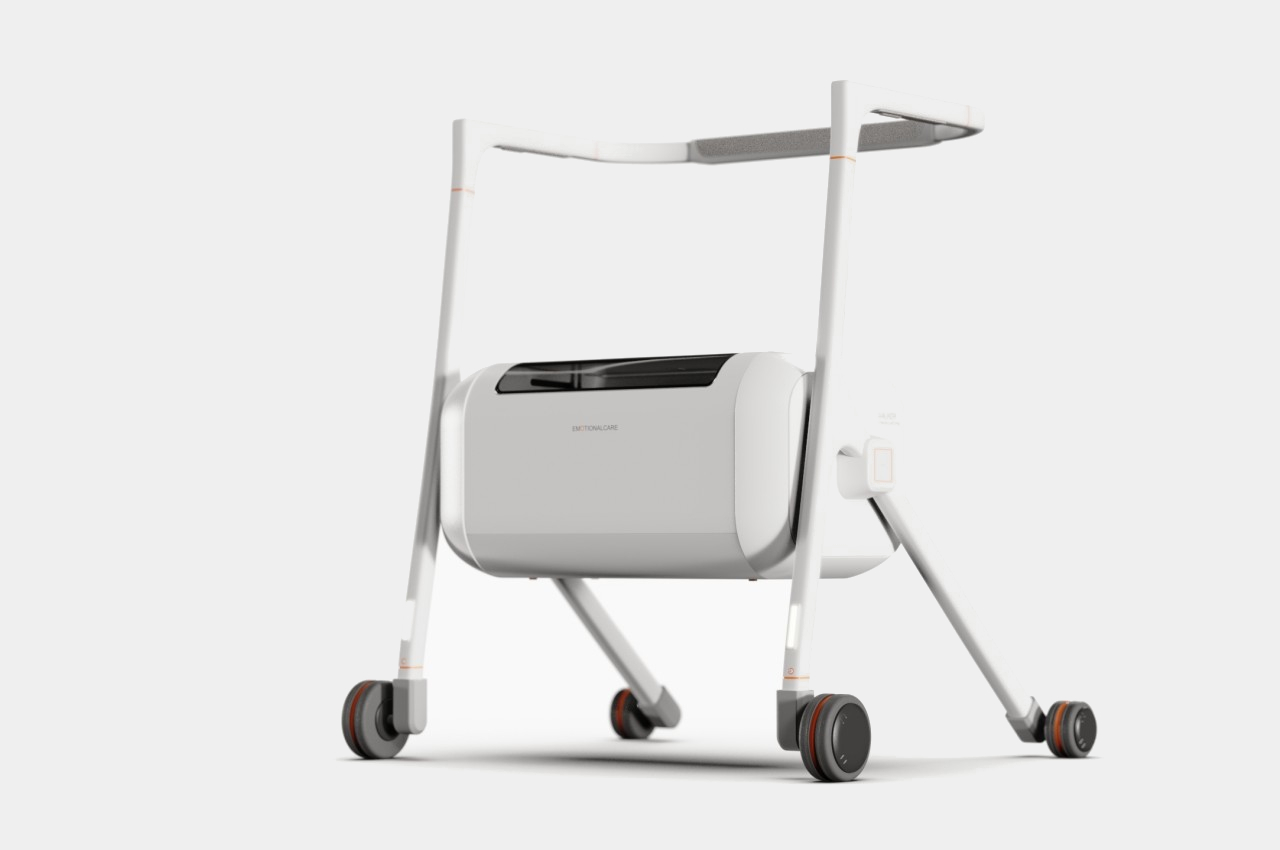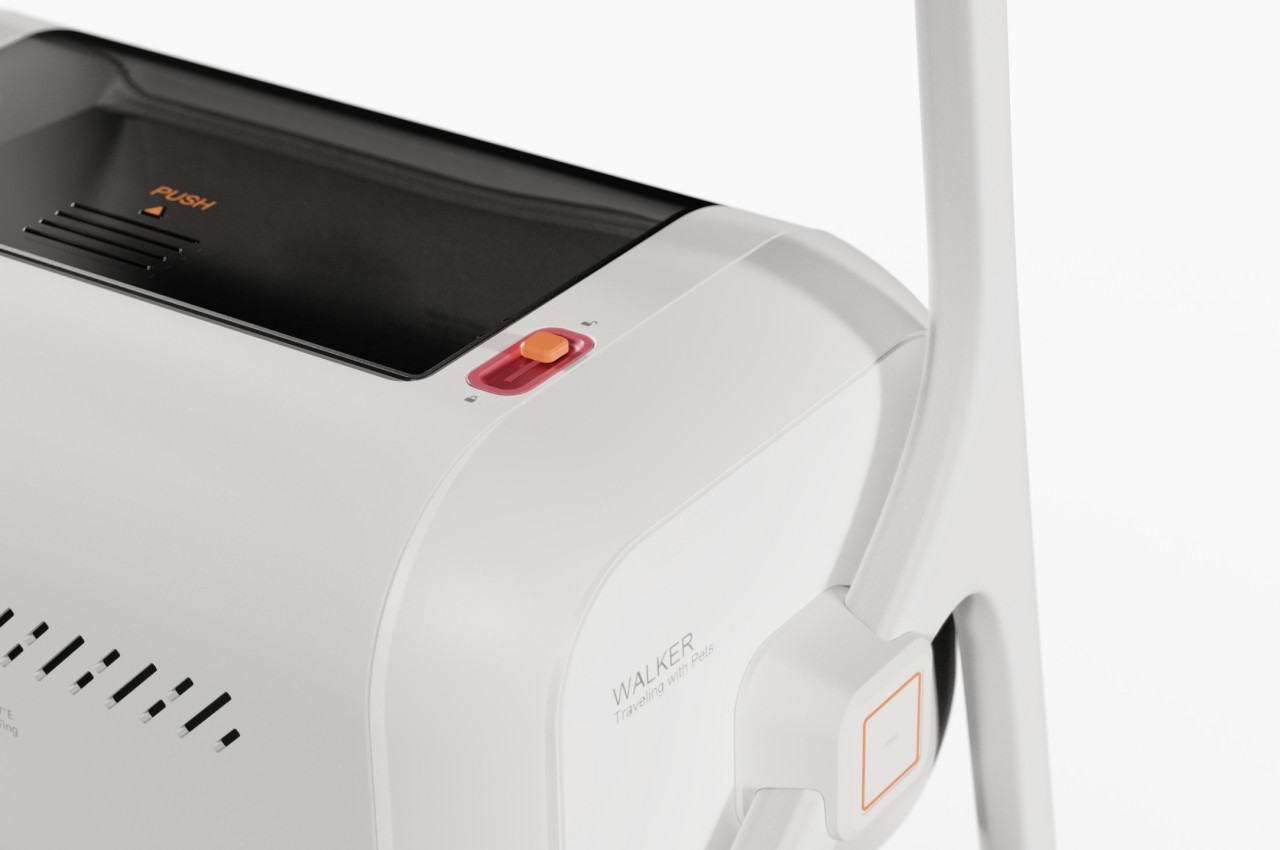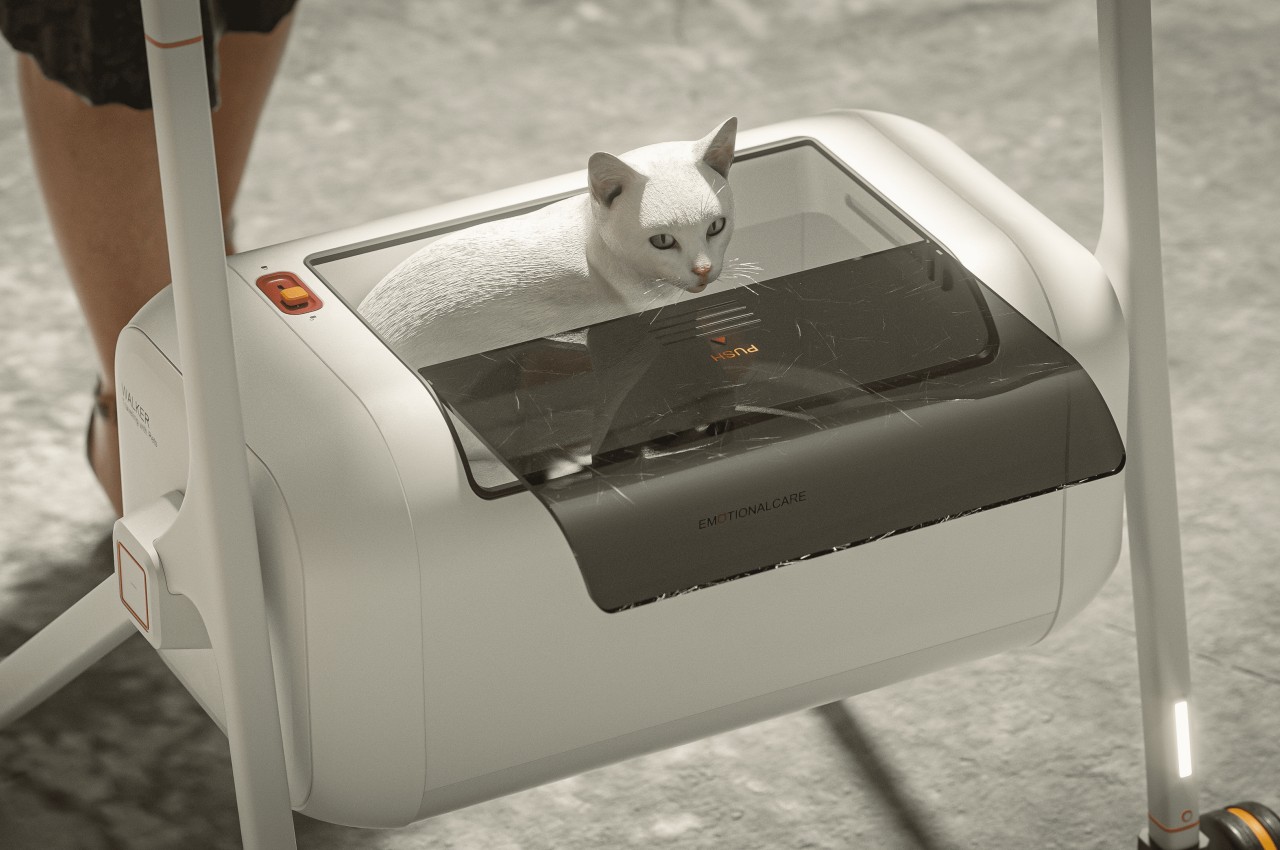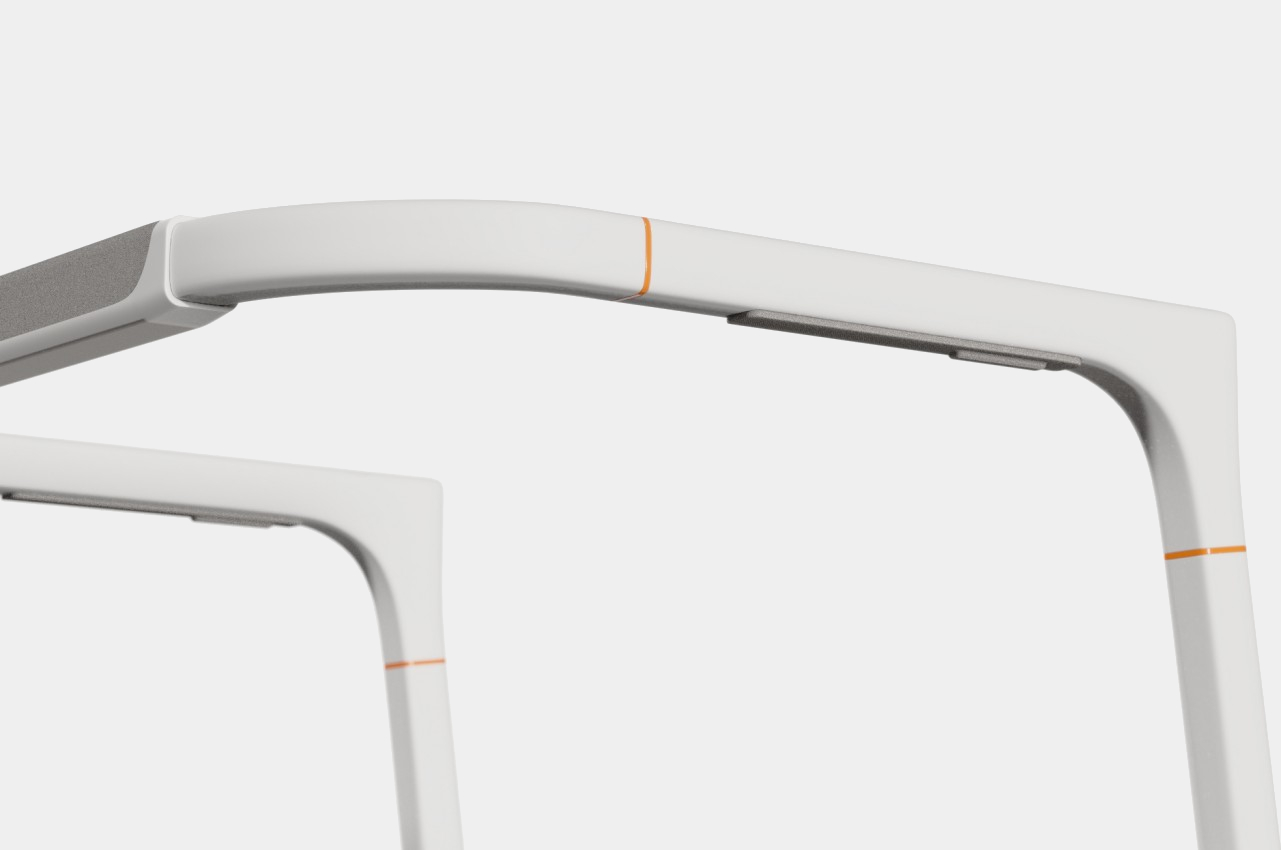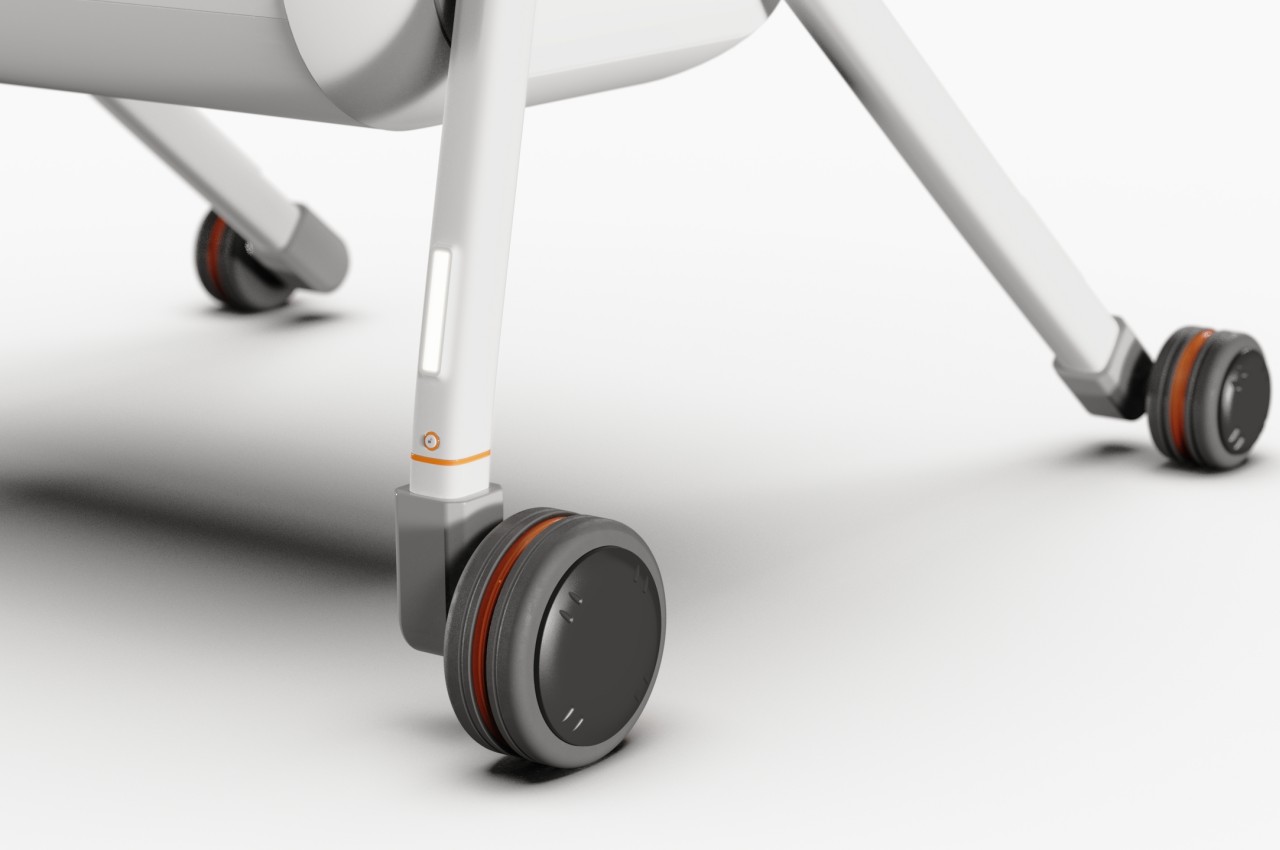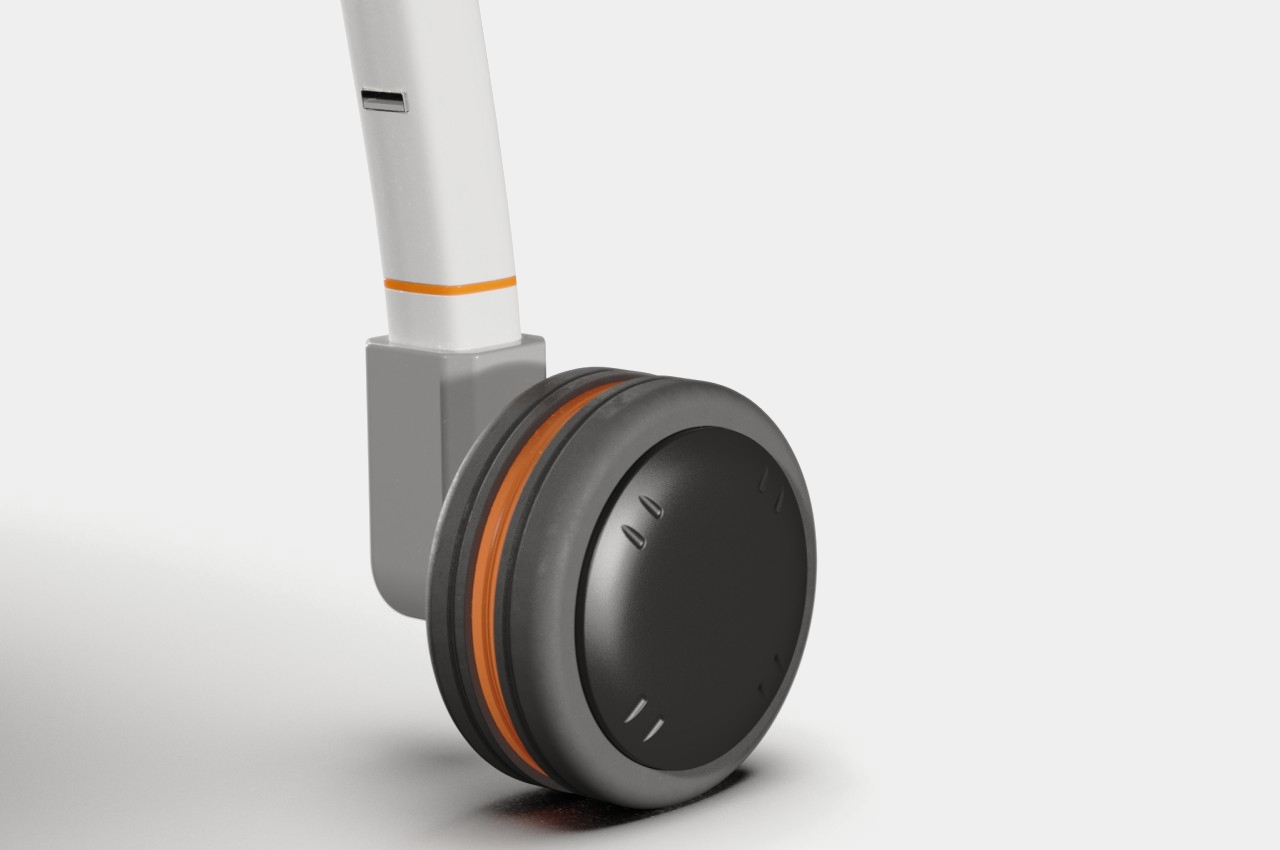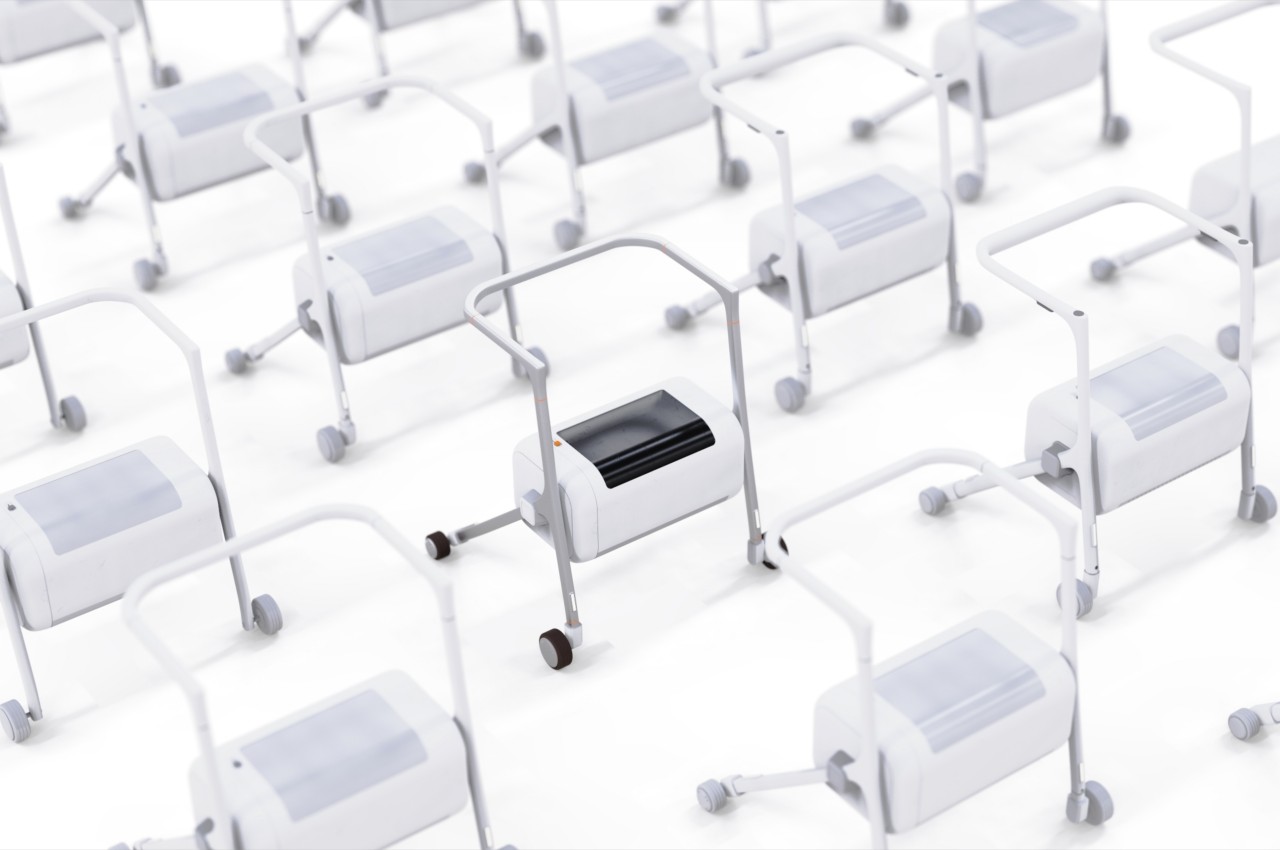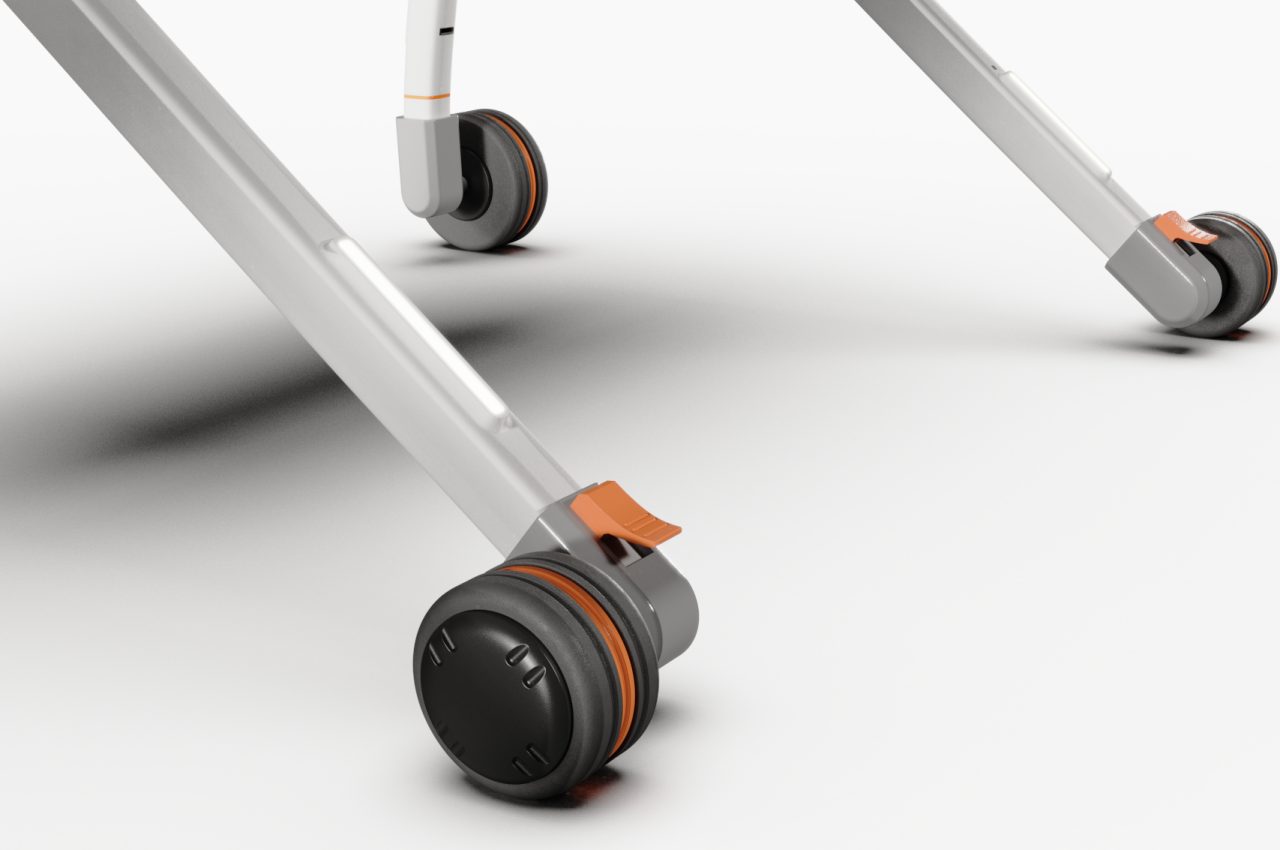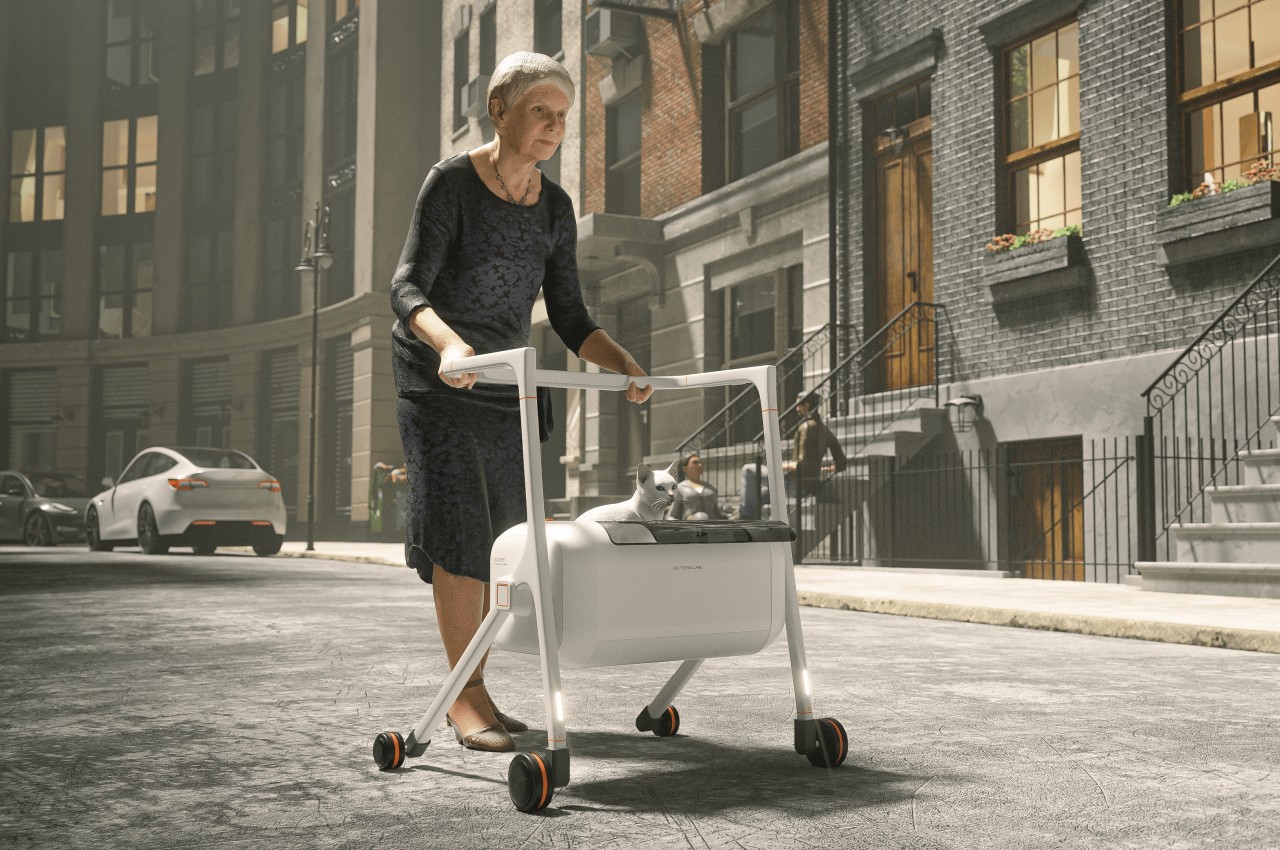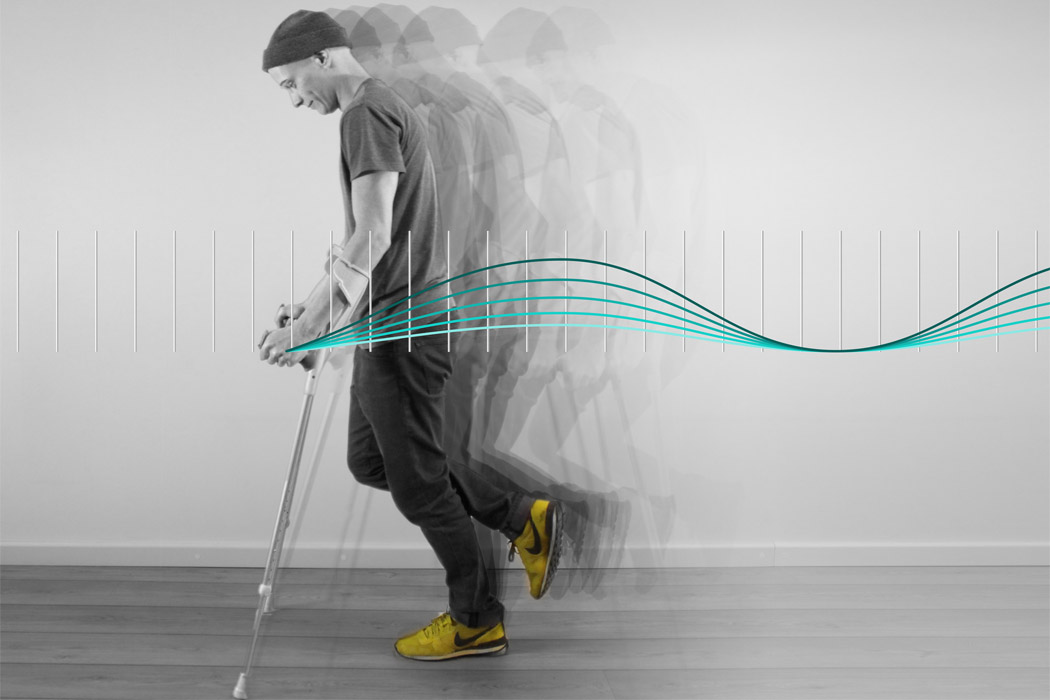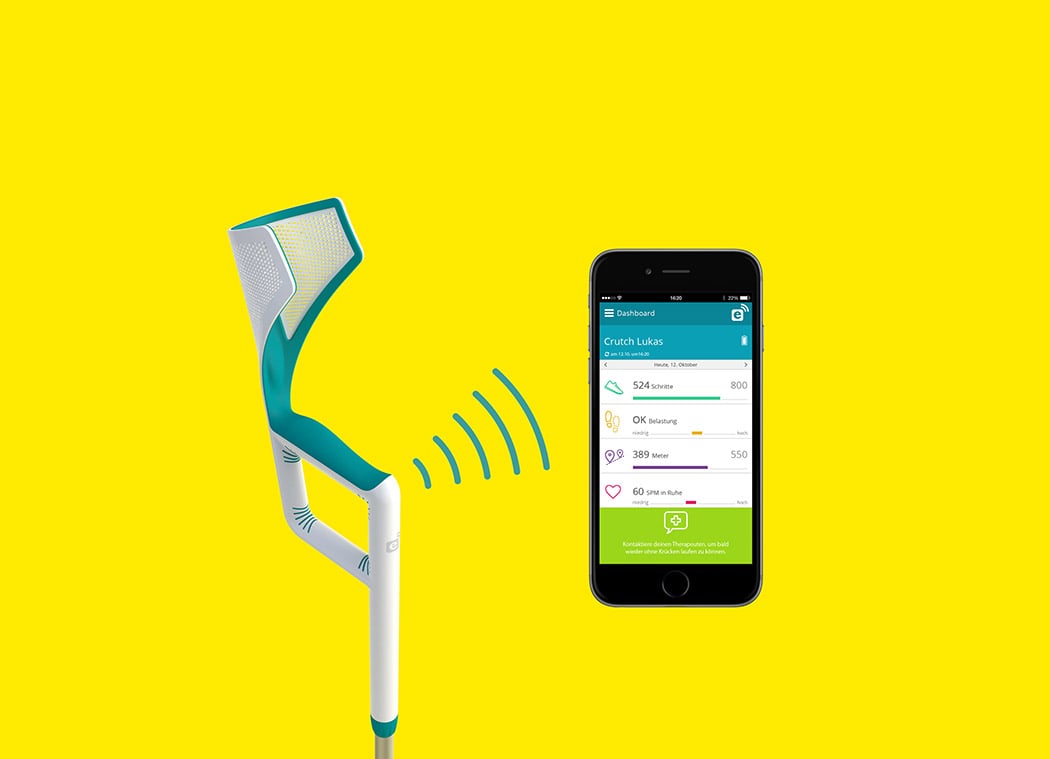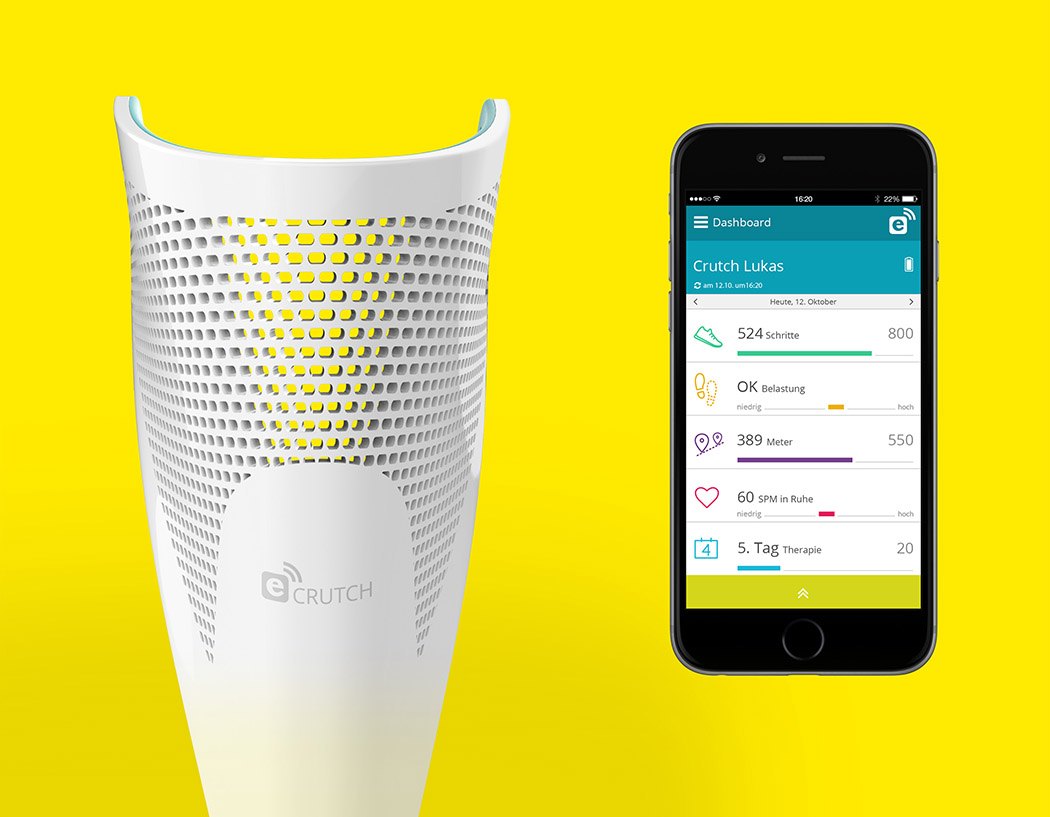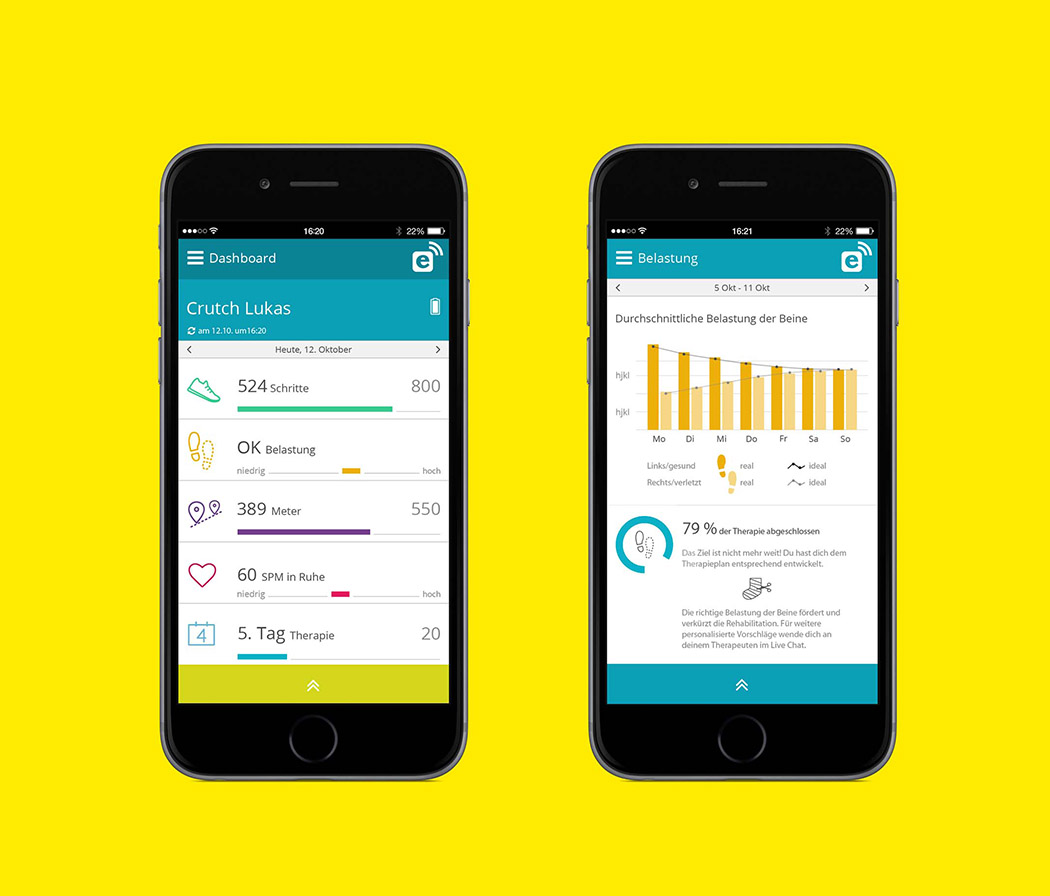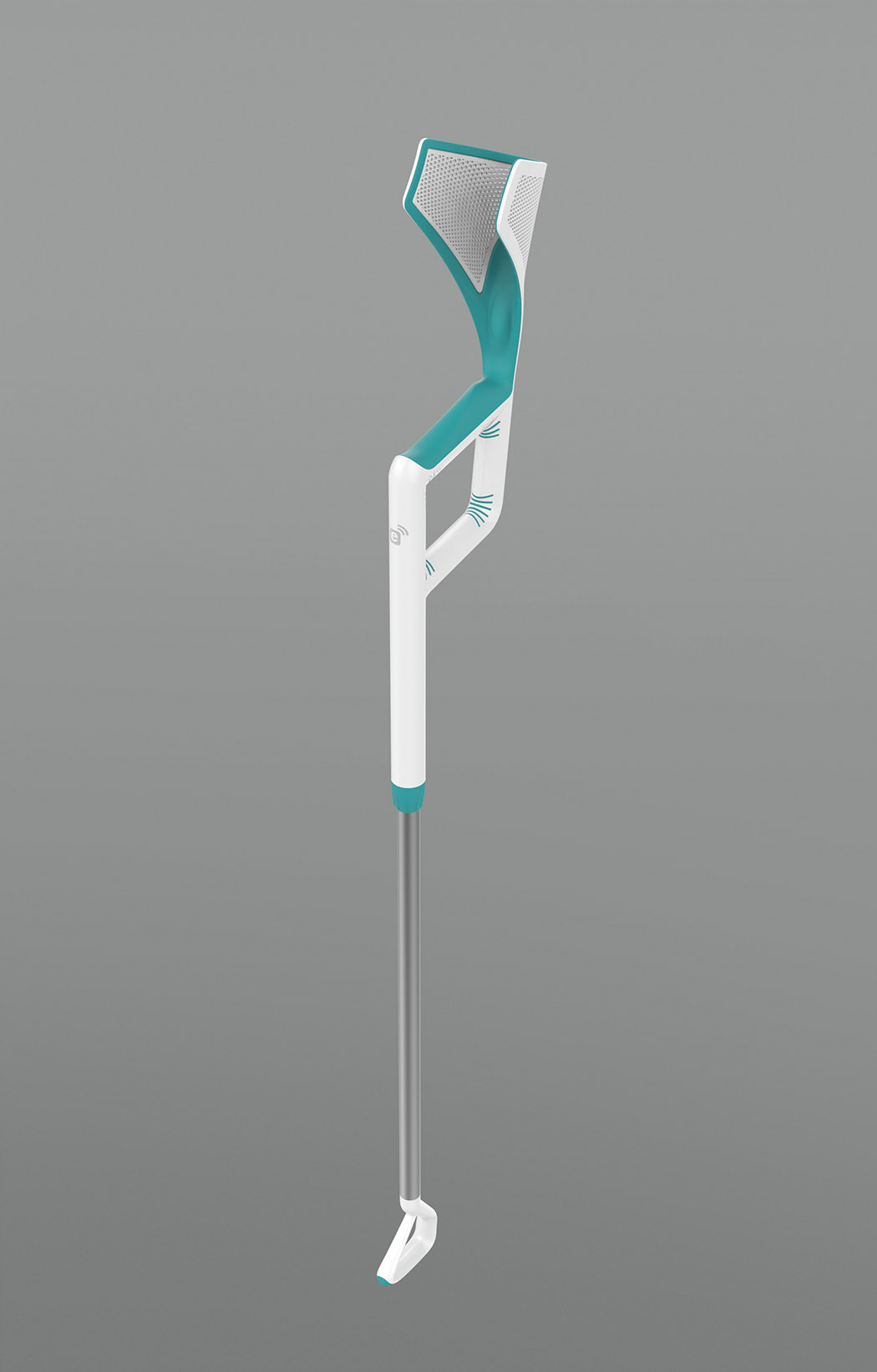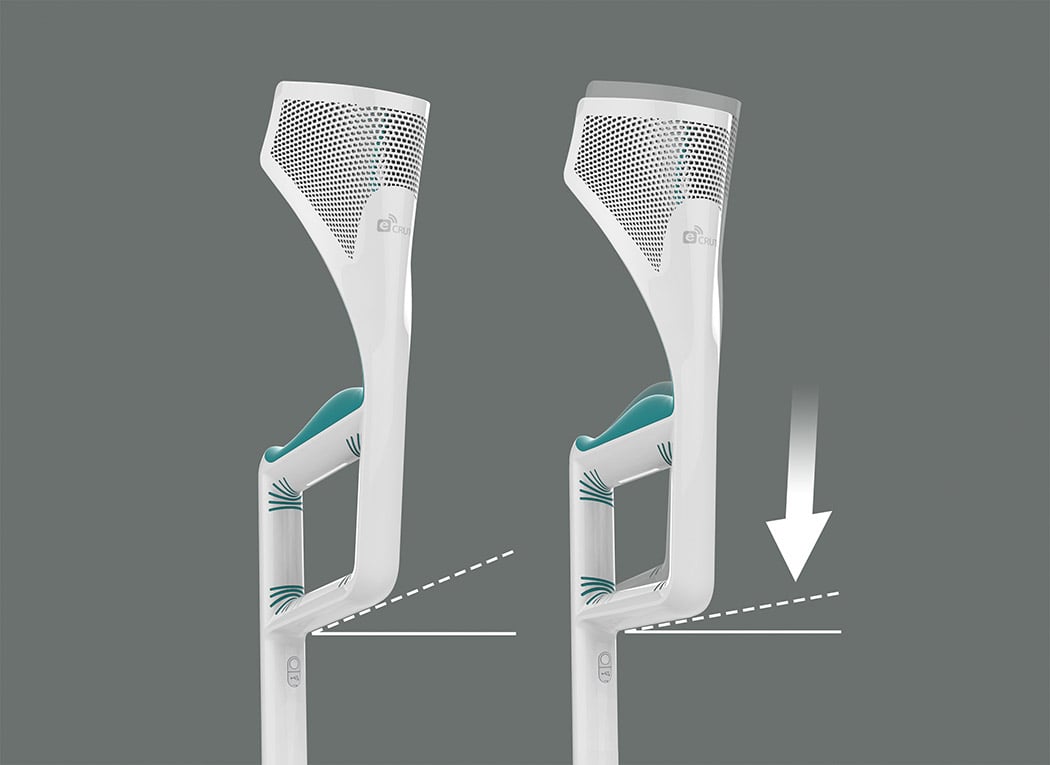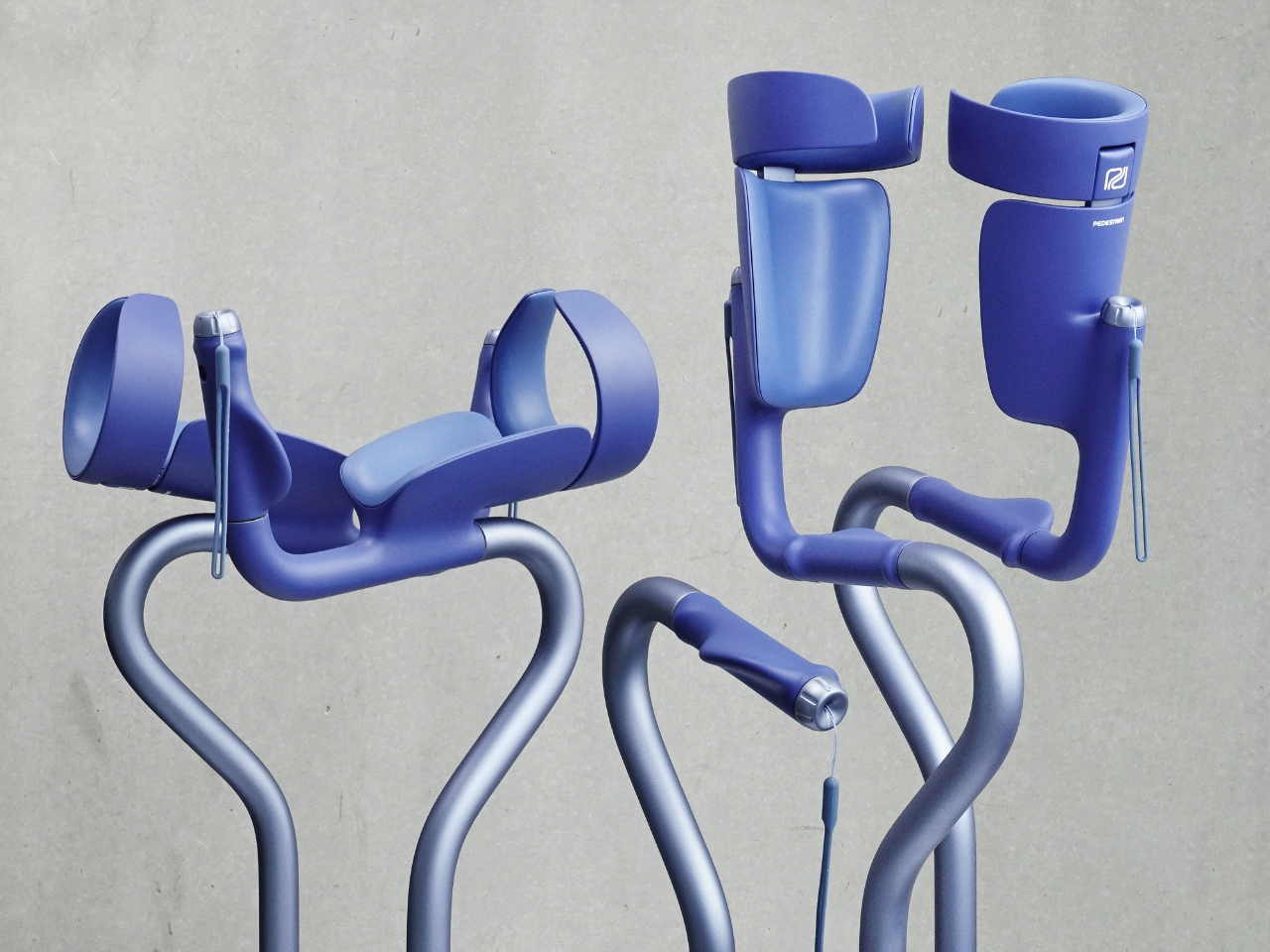
There are a lot of walking aids in the market for those who need short-term or medium-term assistance due to some walking-related disability. But of course there’s always room for improvement. Great product designers think about what they can do better for existing products to make it more usable and to improve the quality of life of the users. The Pedestrian is one such product that tries to make using the walking stick more modular and more practical.
Designers: Jonas Krämer and Ayla Warncke
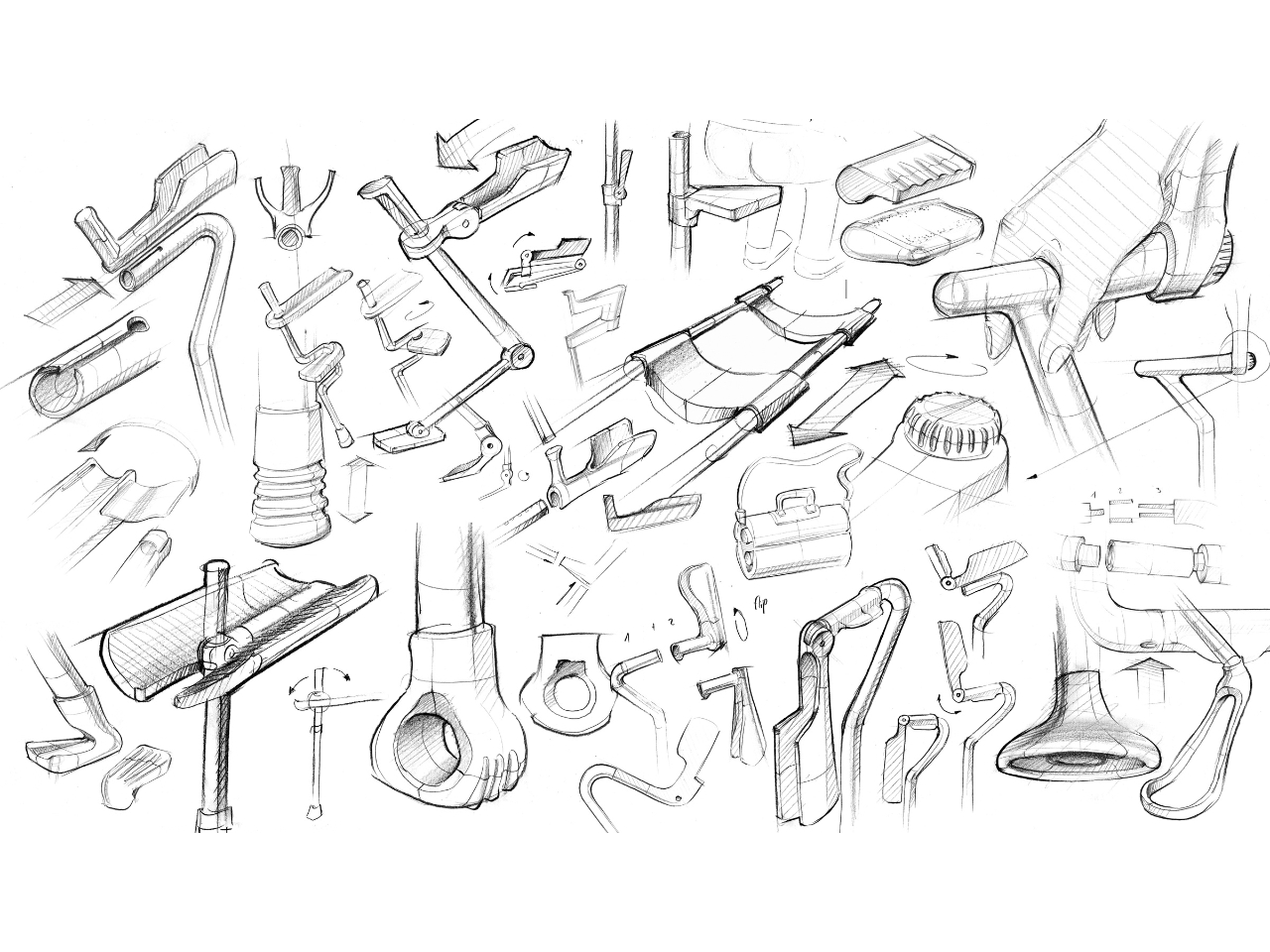
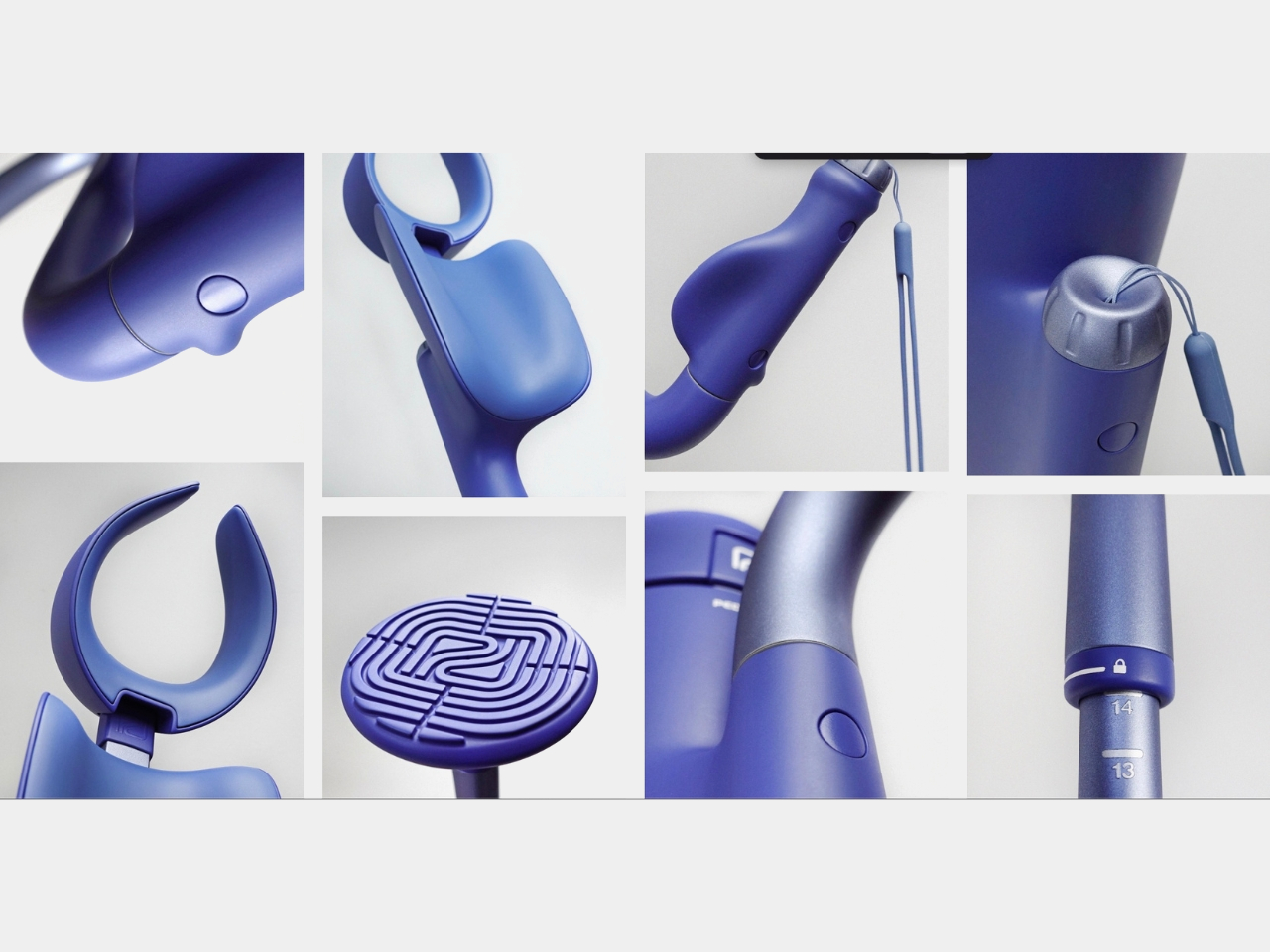
Pedestrian is a 3-in-1 Assistance System for those who need assistance and is actually in between short-term solutions like crutches and long-term assistance systems like wheelchairs. Its goal is to minimize the consequential damages that can sometimes result in using the usual walking aids. They also want to be able to adjust to the needs of the user and when not needed anymore, pass it on to someone who needs it more and adjust to that person’s needs as well.
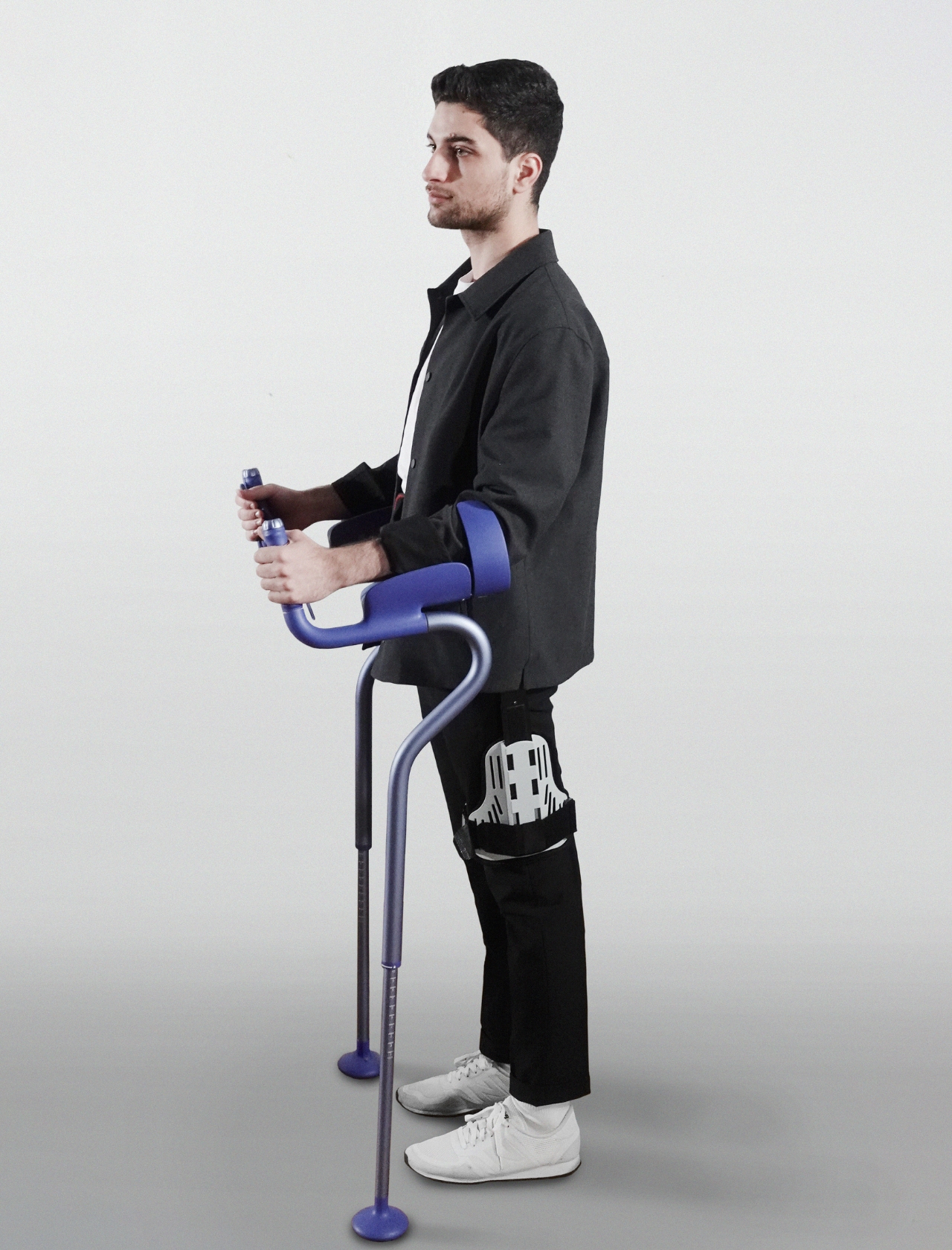
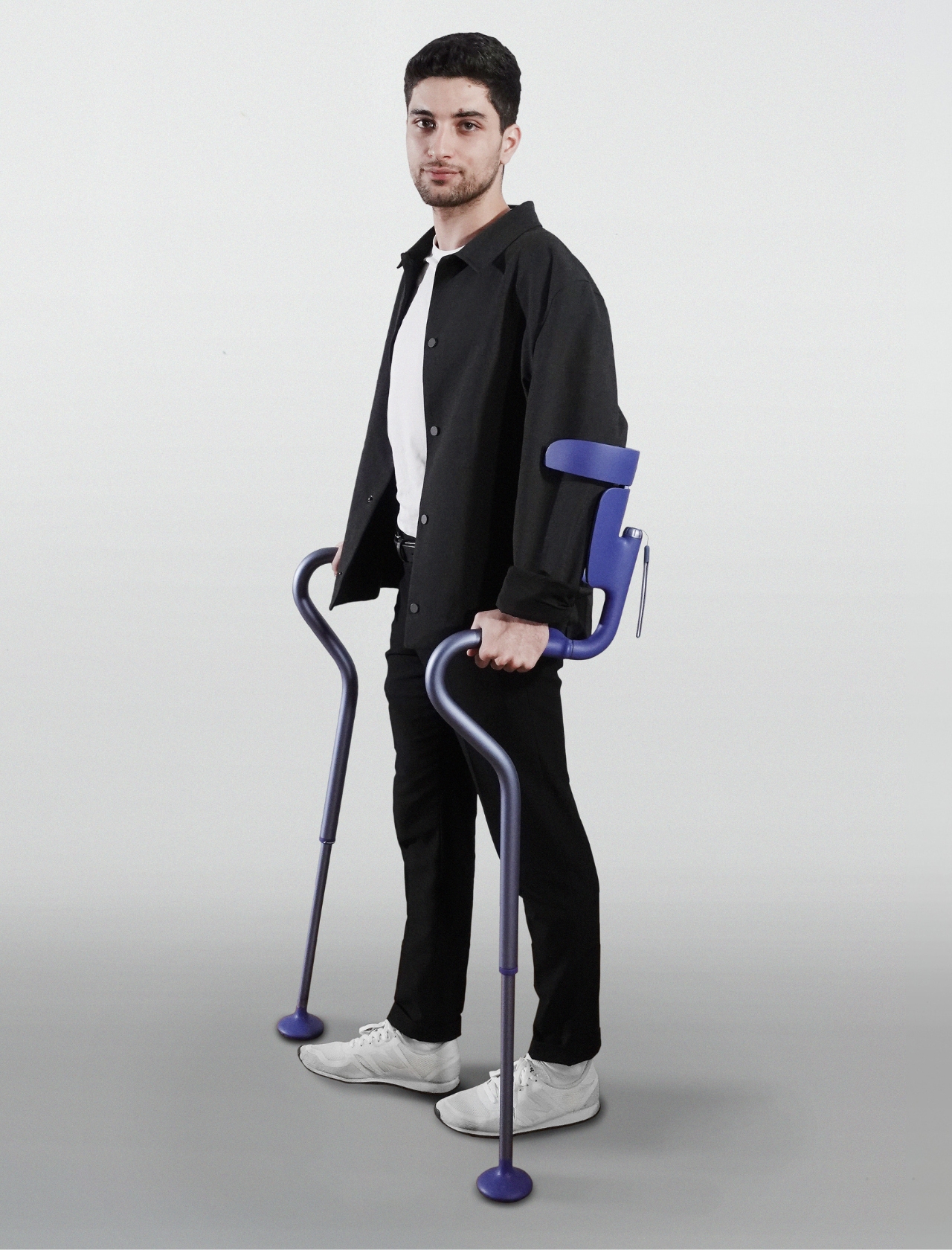
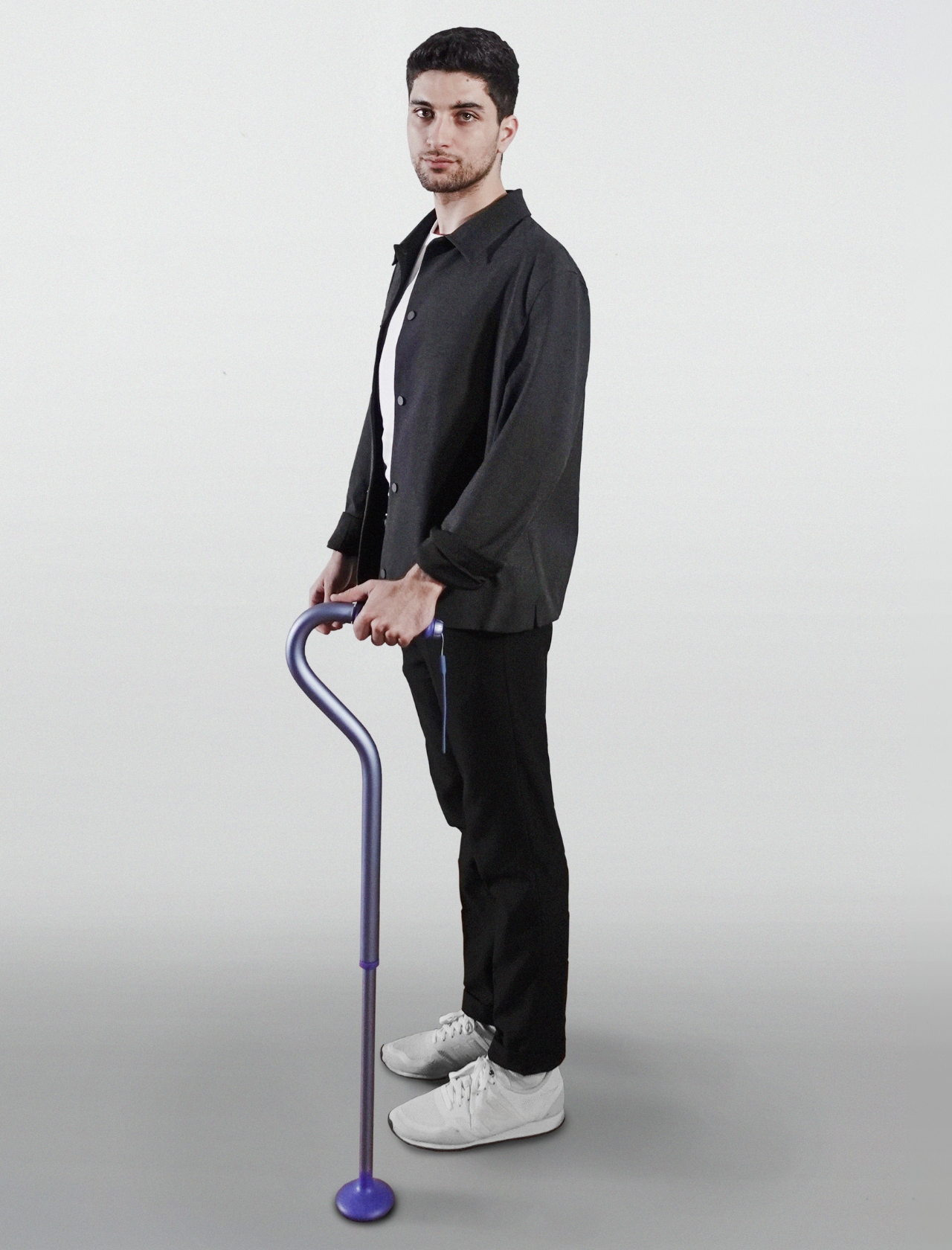
The walking aid has three modes for the different needs. Mode 1 or strong support is for those that may need an aid as they work through their arthritis. Mode 2 is medium support and serves as forearm crutch. Mode 3 is light support for those who may just need a walking stick. Shifting through these three modes is actually pretty easy and the elements are interchangeable and modular.
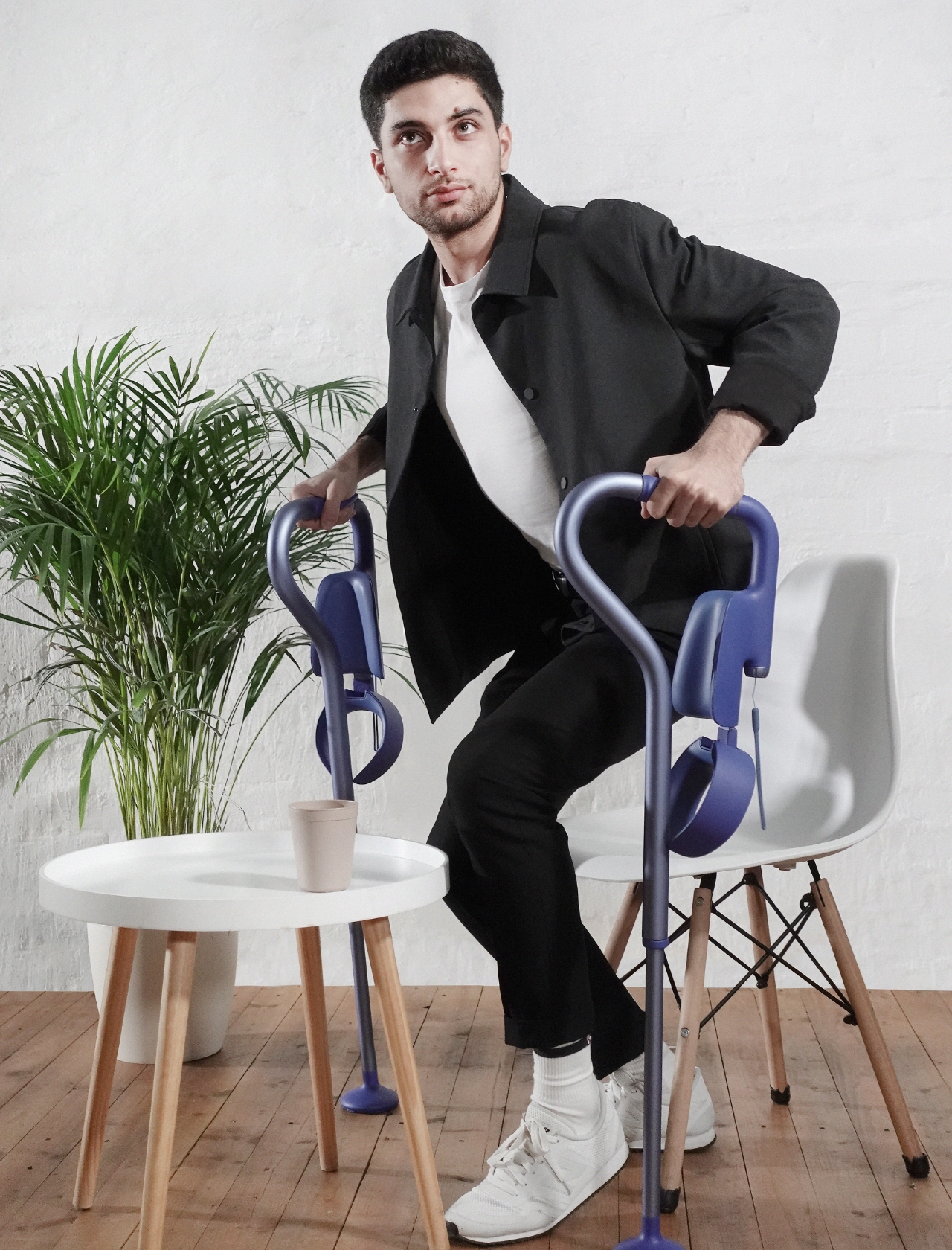
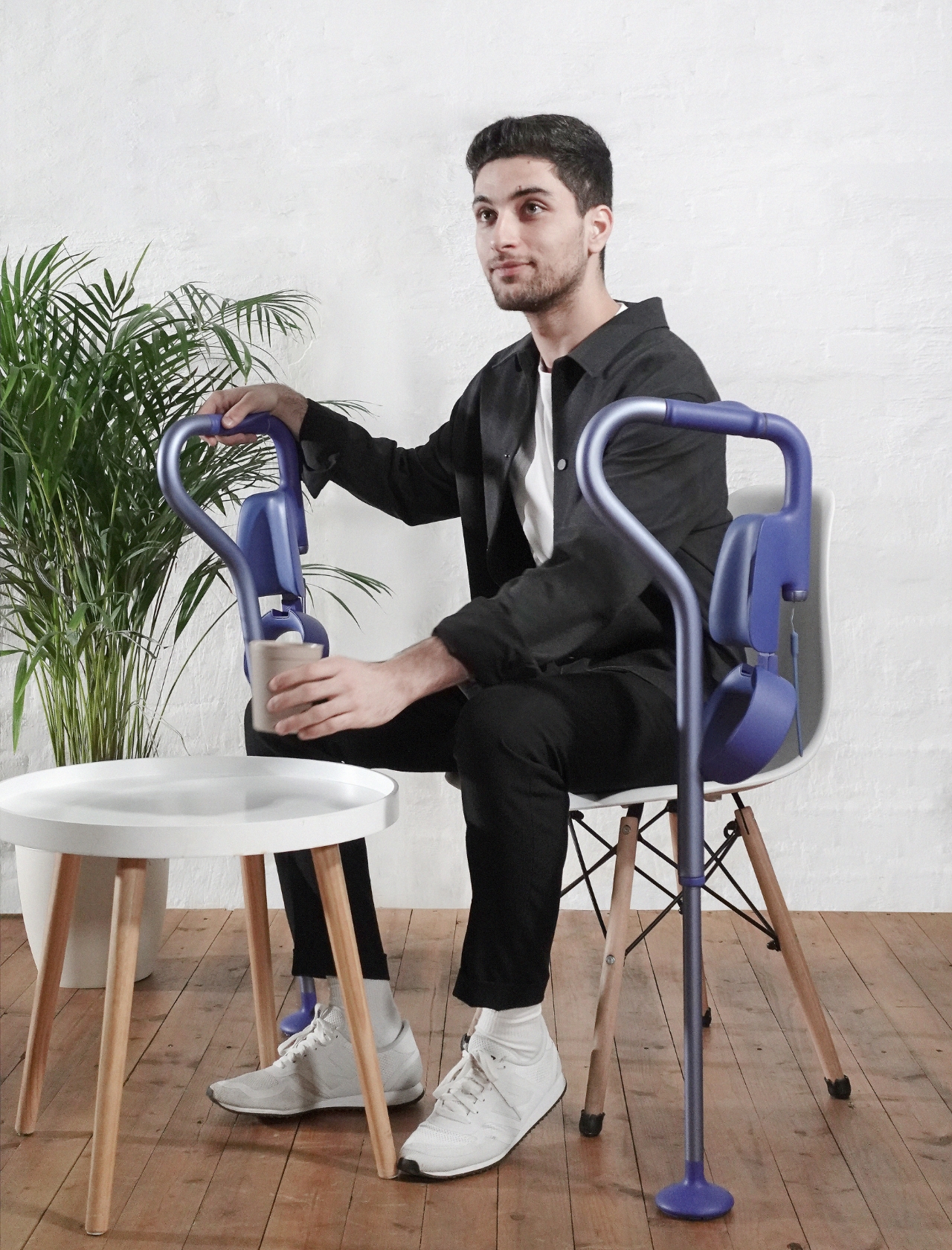
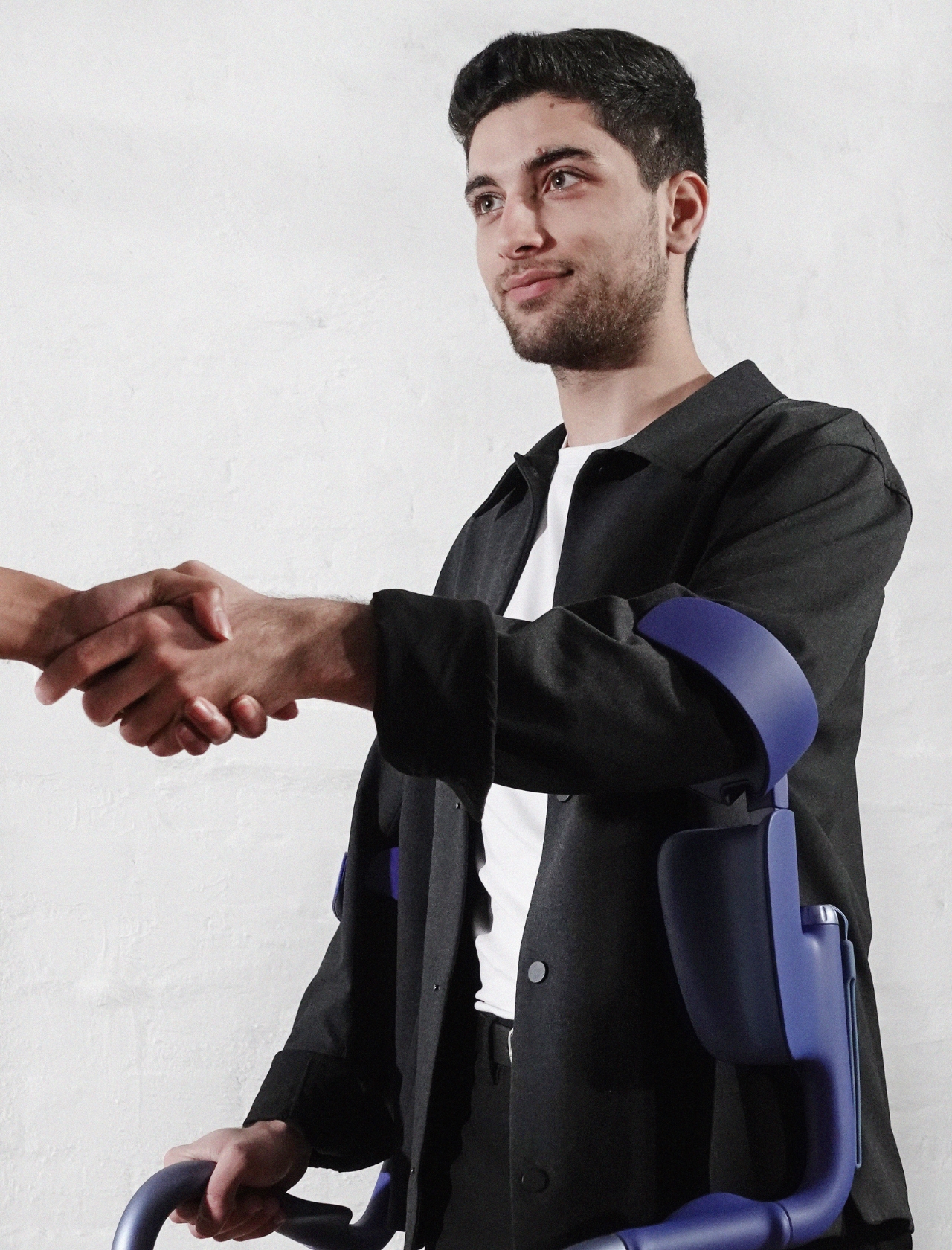
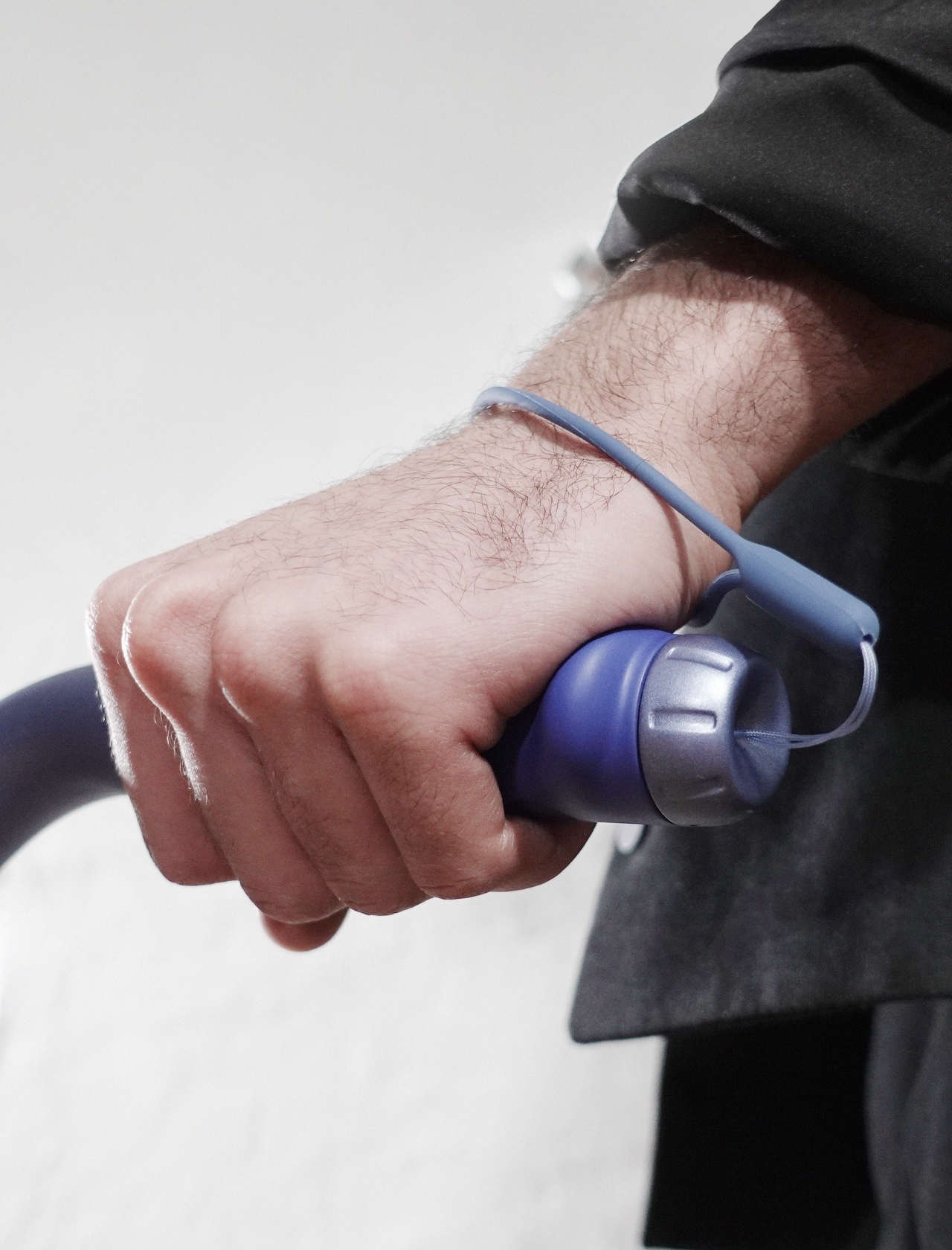
The foot or base is made from flexible rubber material and has a textured surface to prevent slipping. It can stand by itself in any mode but can also be compressed. It is also hands-free so you can do other actions and you can make it more secure by using the wrist strap. There is also a mechanism so you can adjust the height so it can be used by users with different heights. This seems to be a pretty useful aid to those that would need assistance walking.
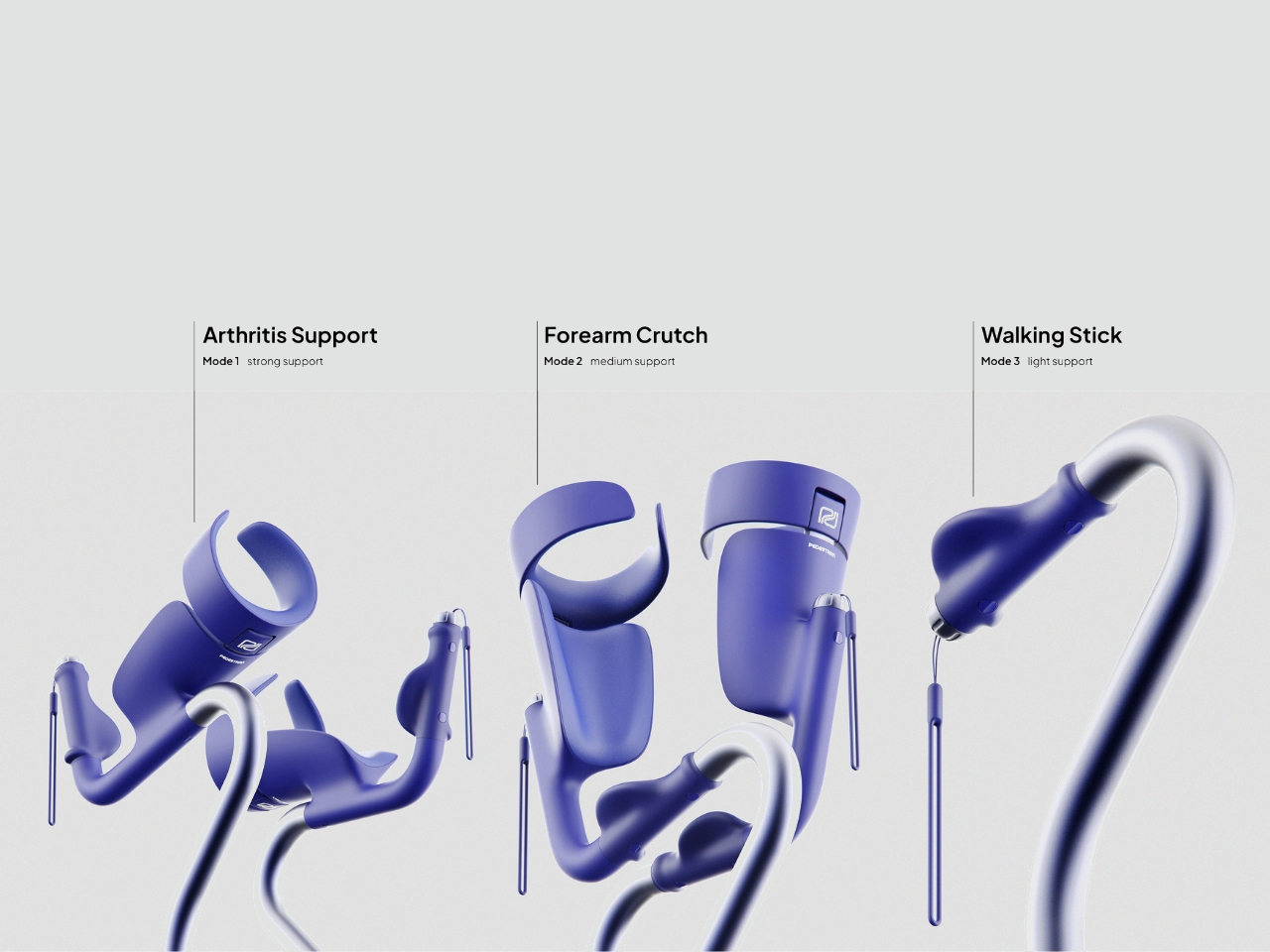
The post Modular Pedestrian walking aid can adjust to users’ needs (and height) first appeared on Yanko Design.







